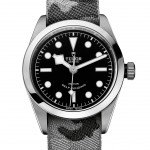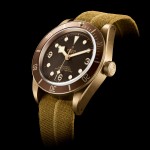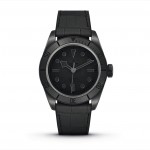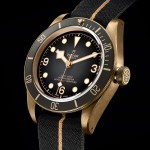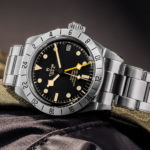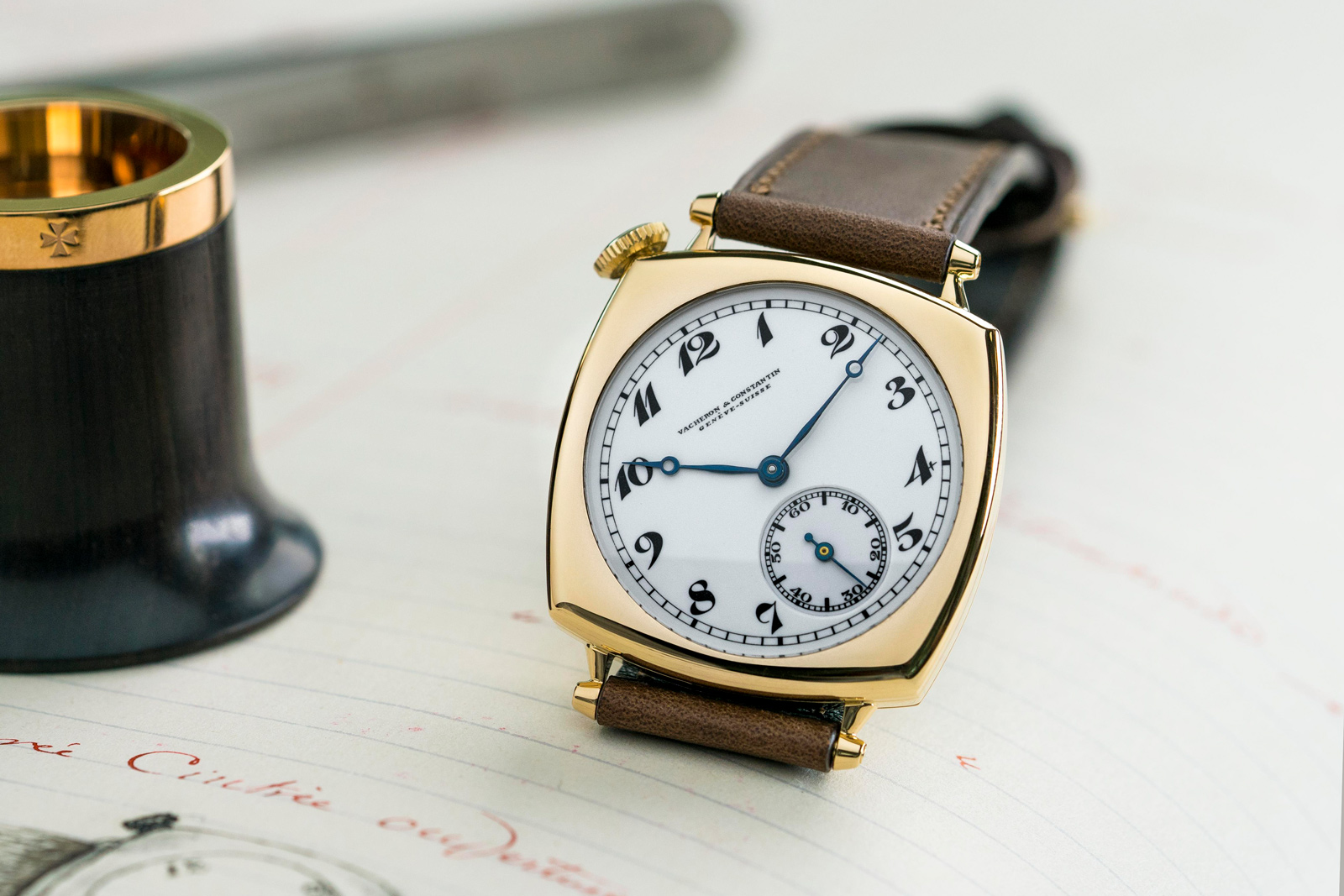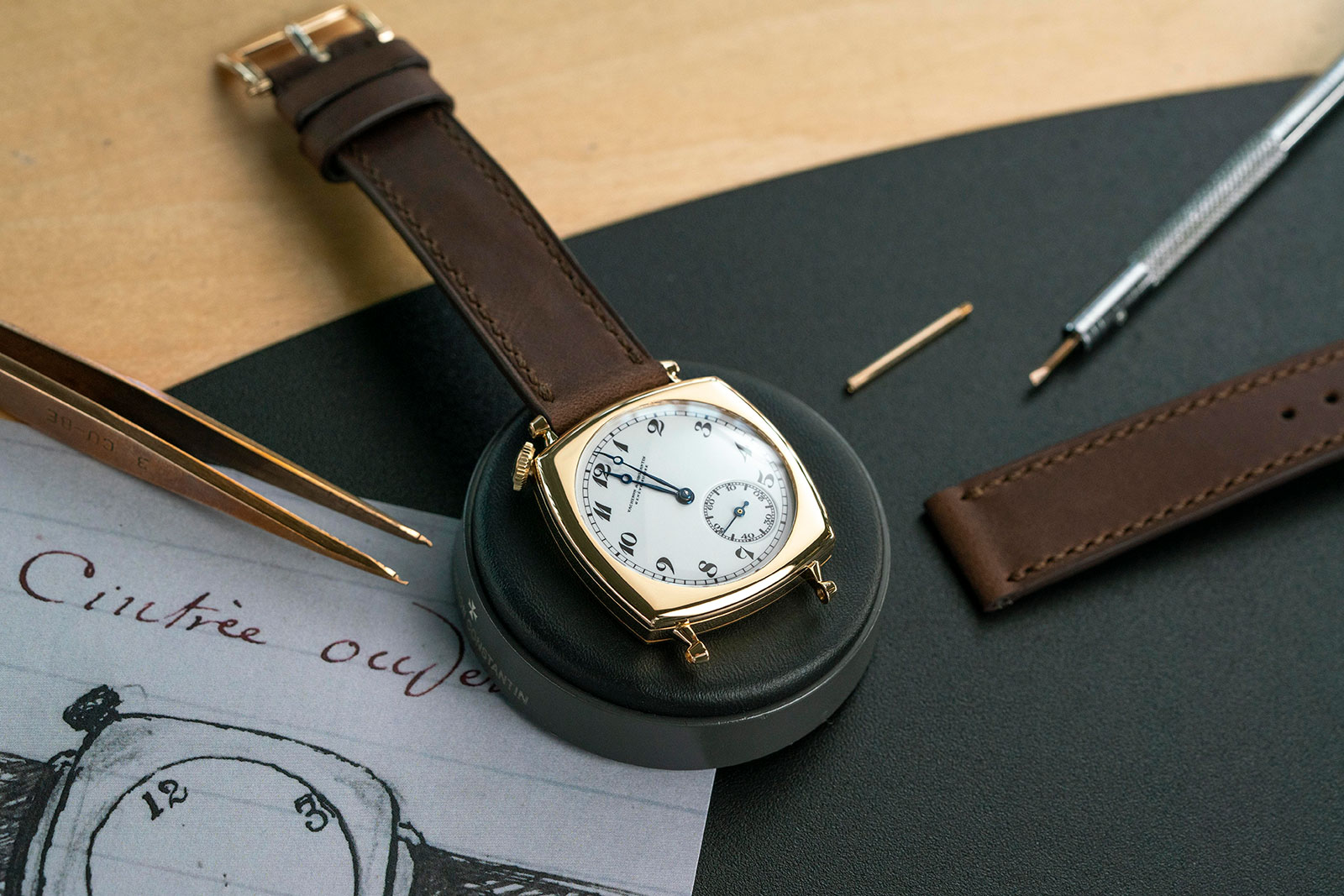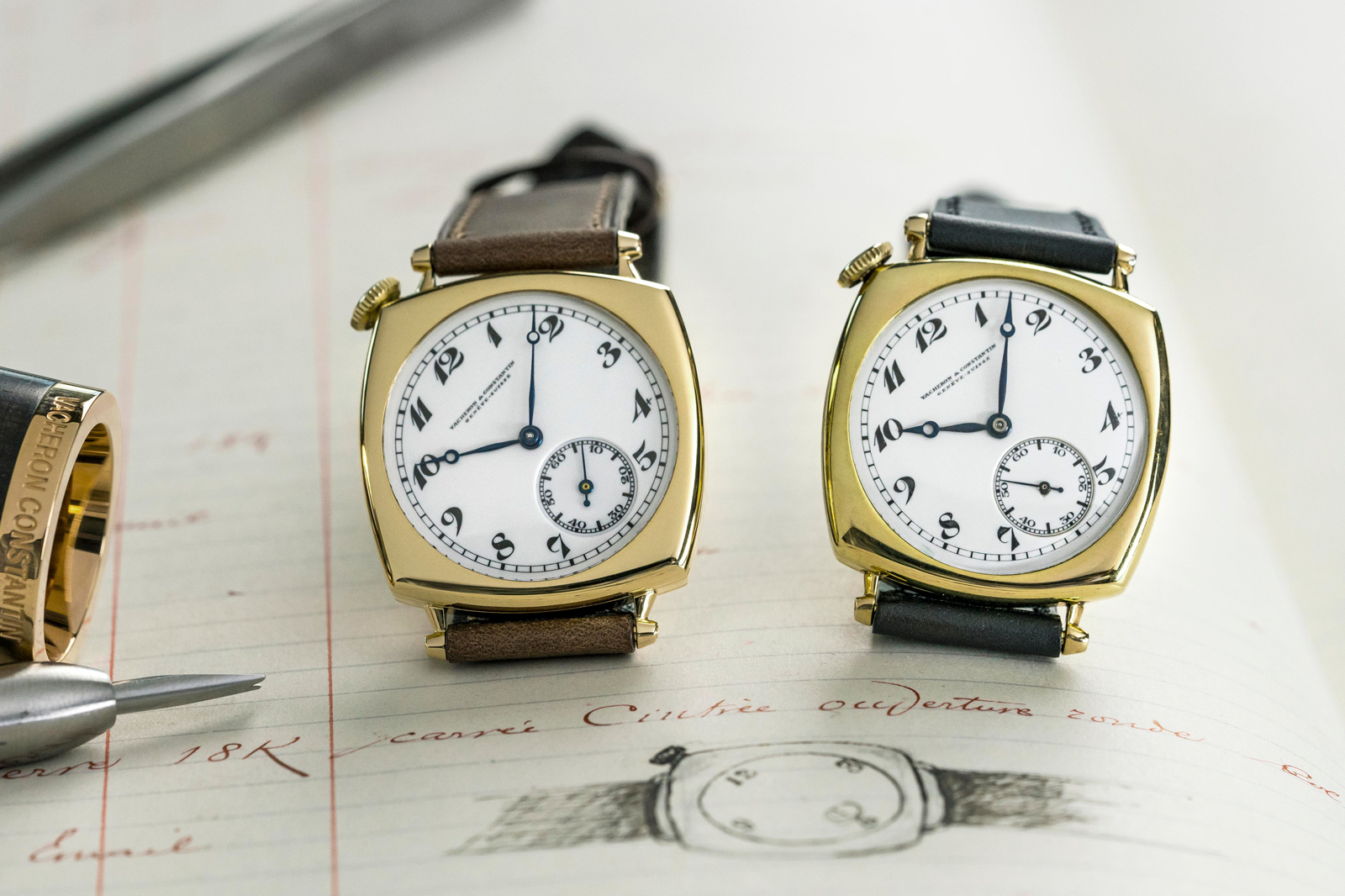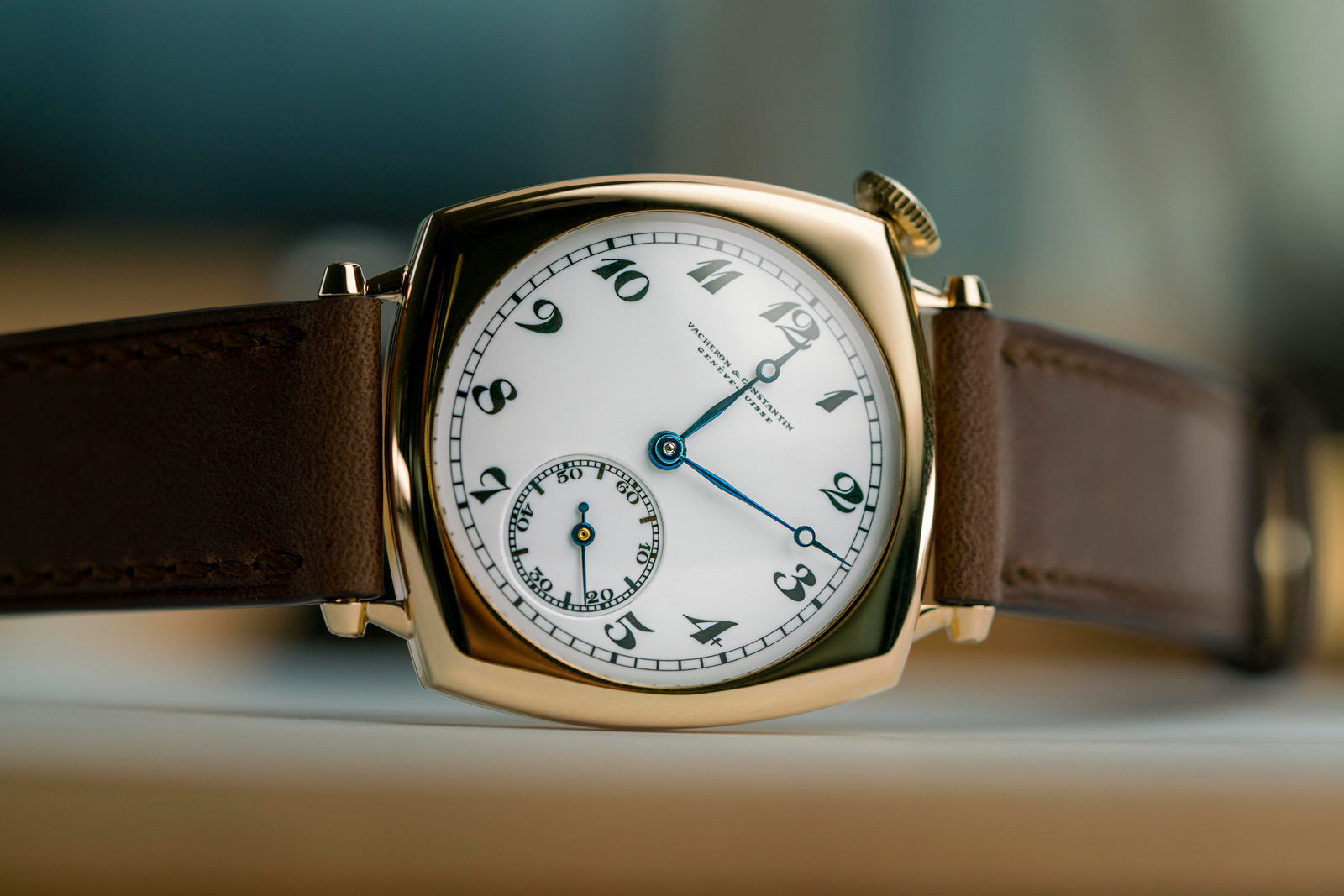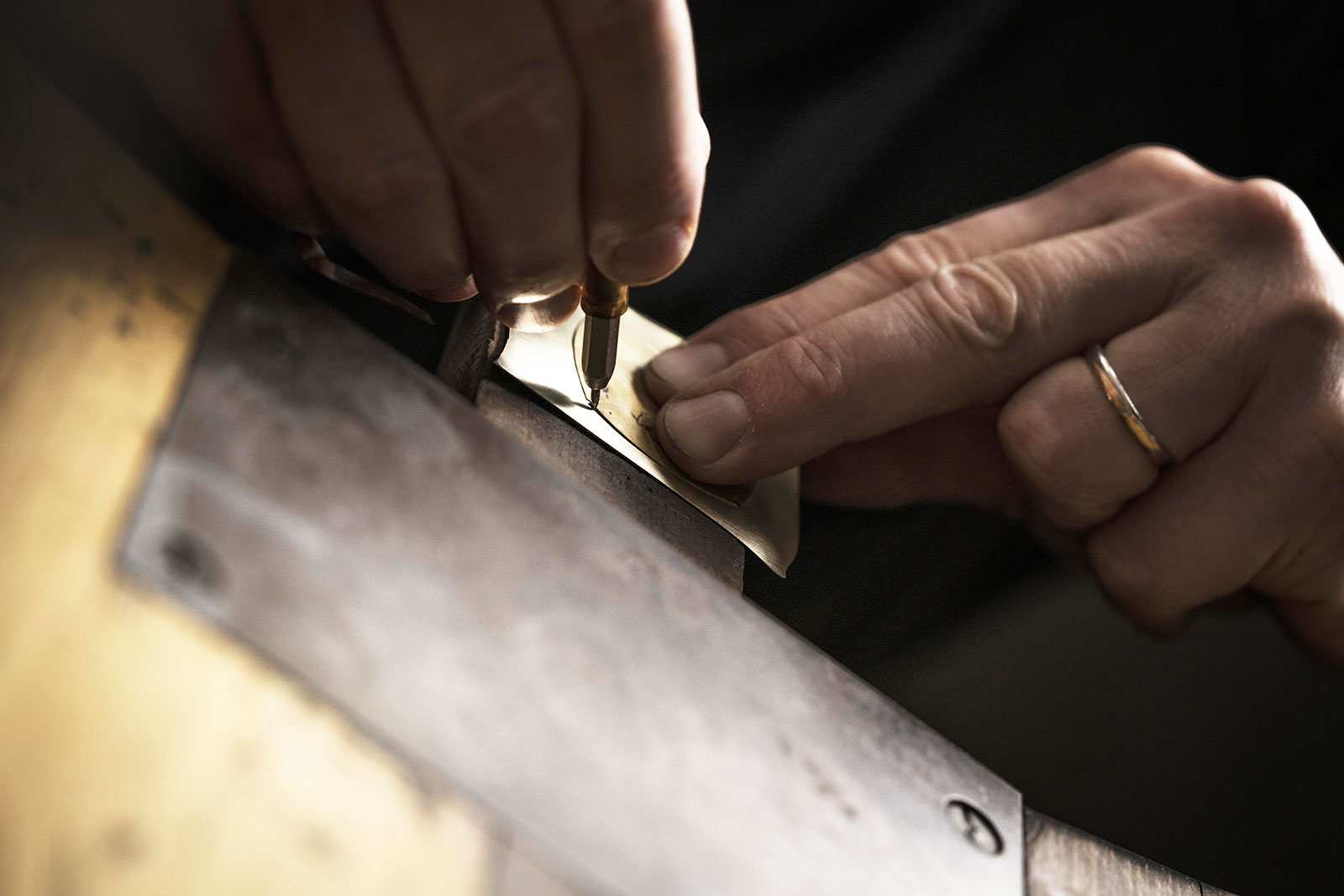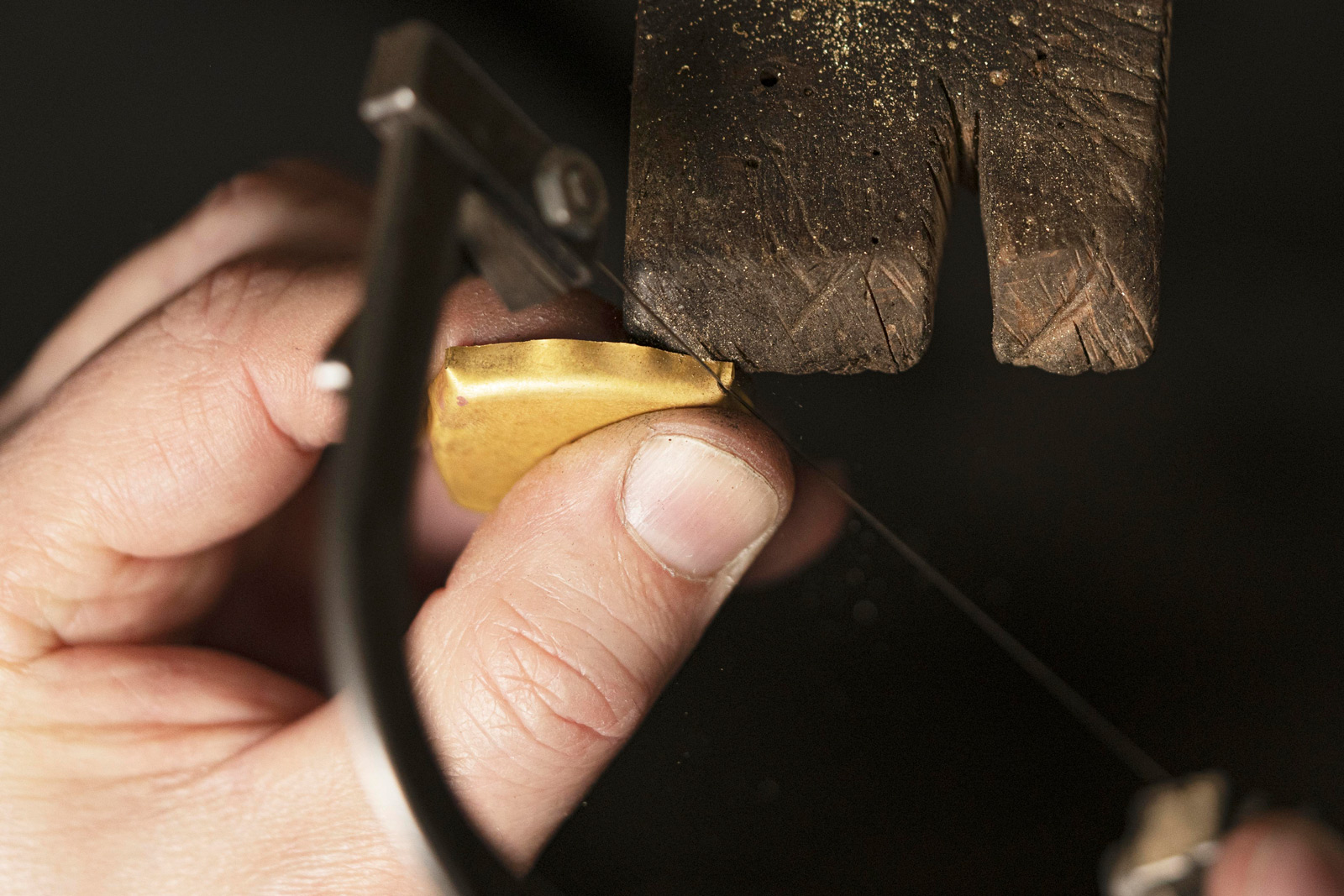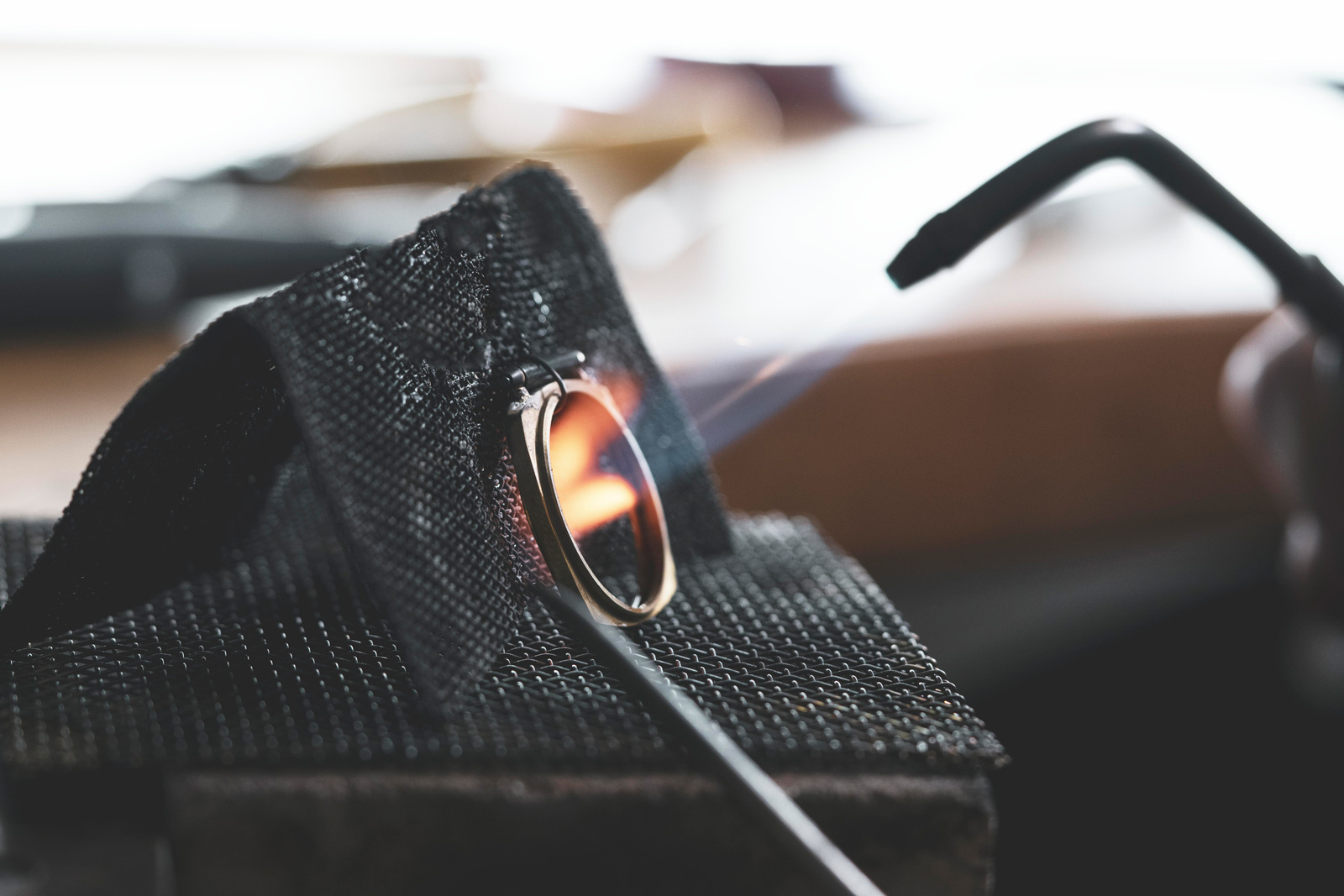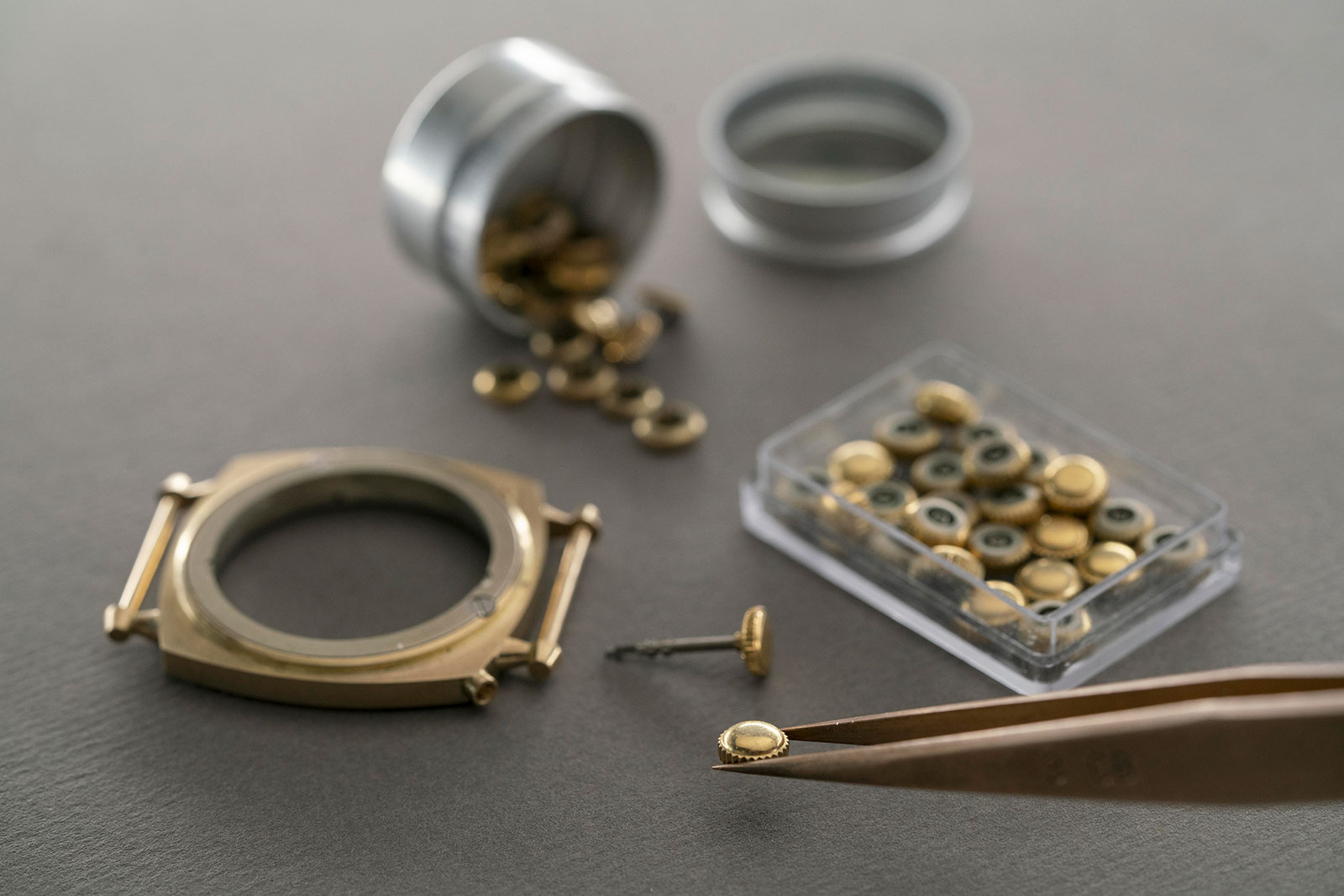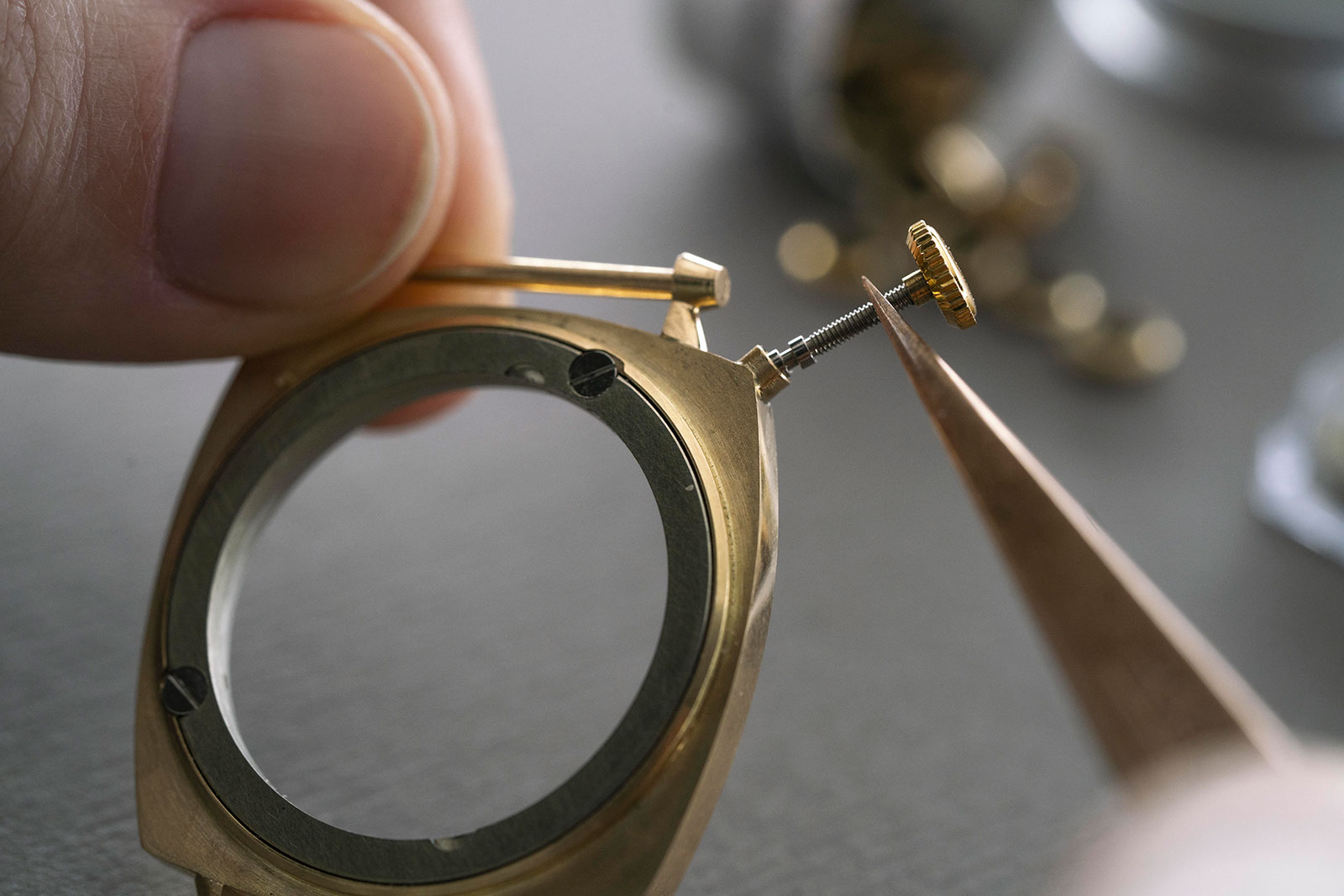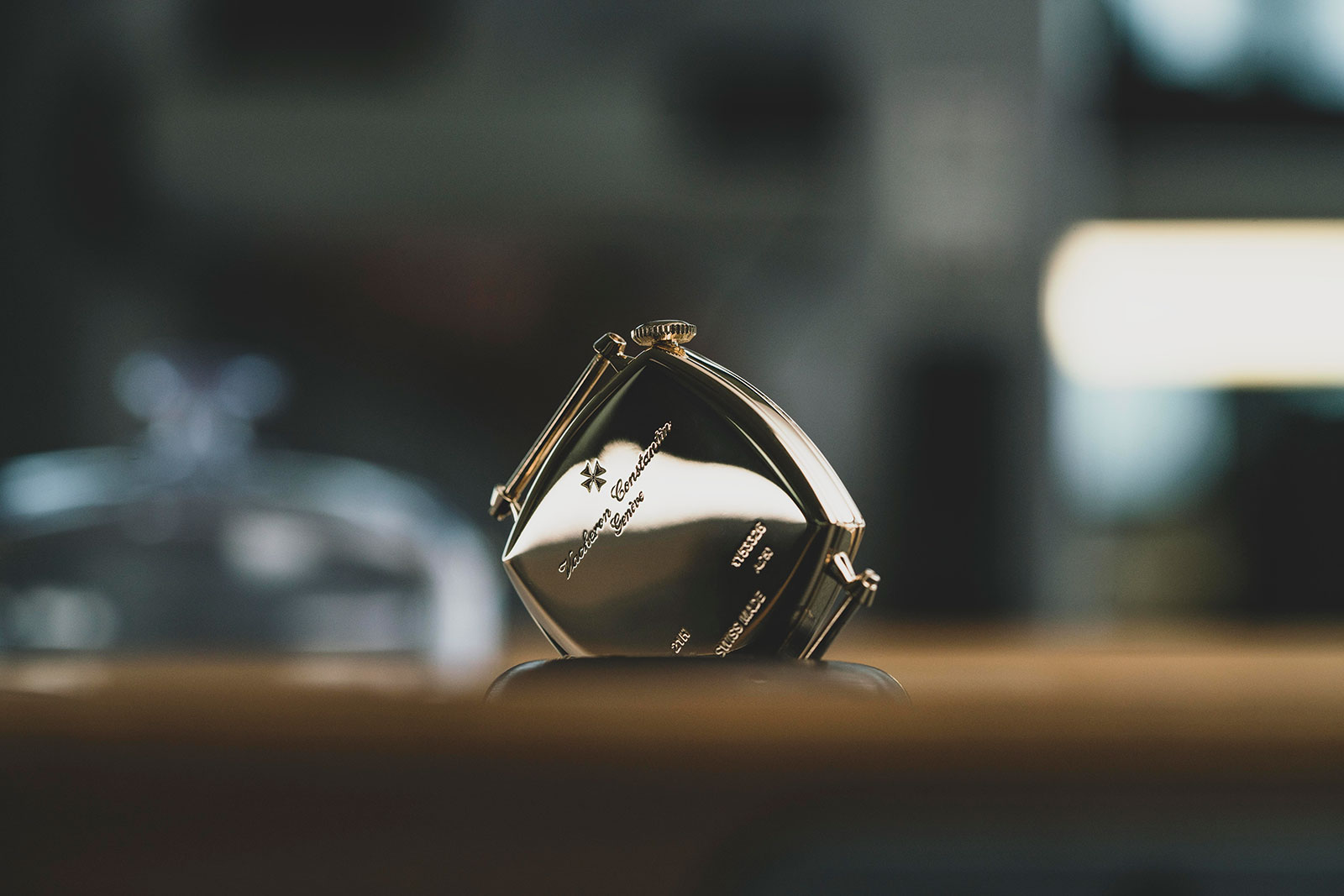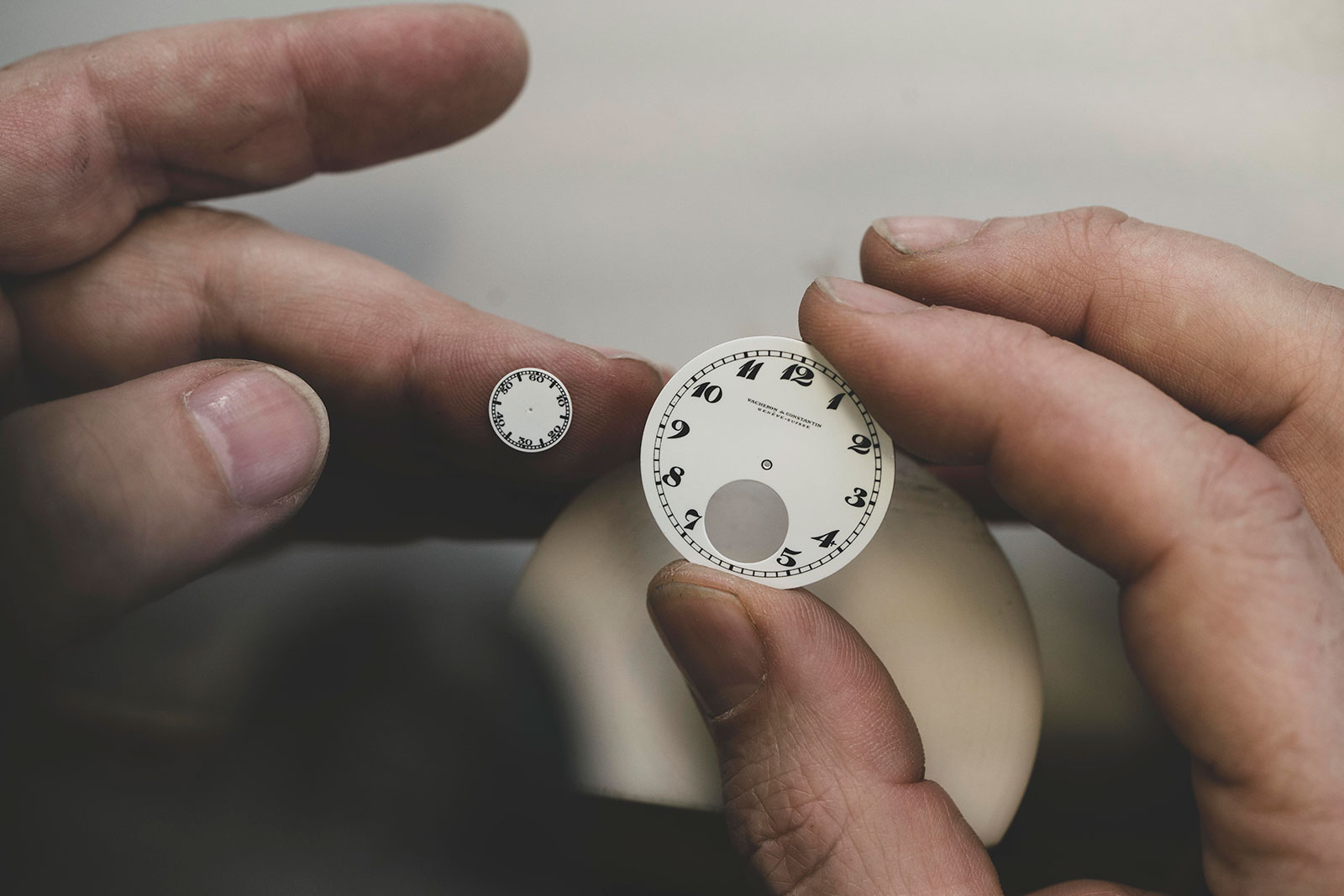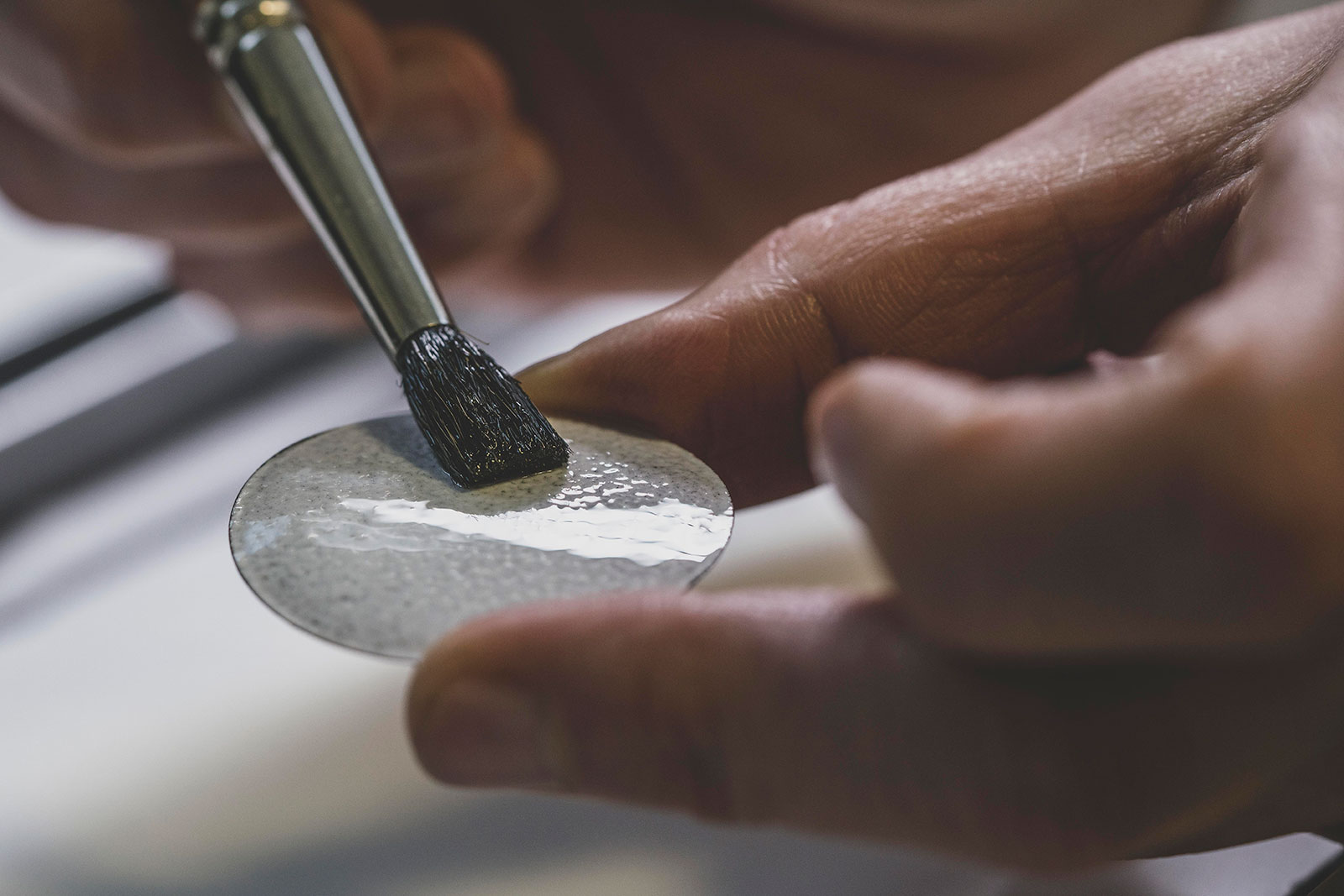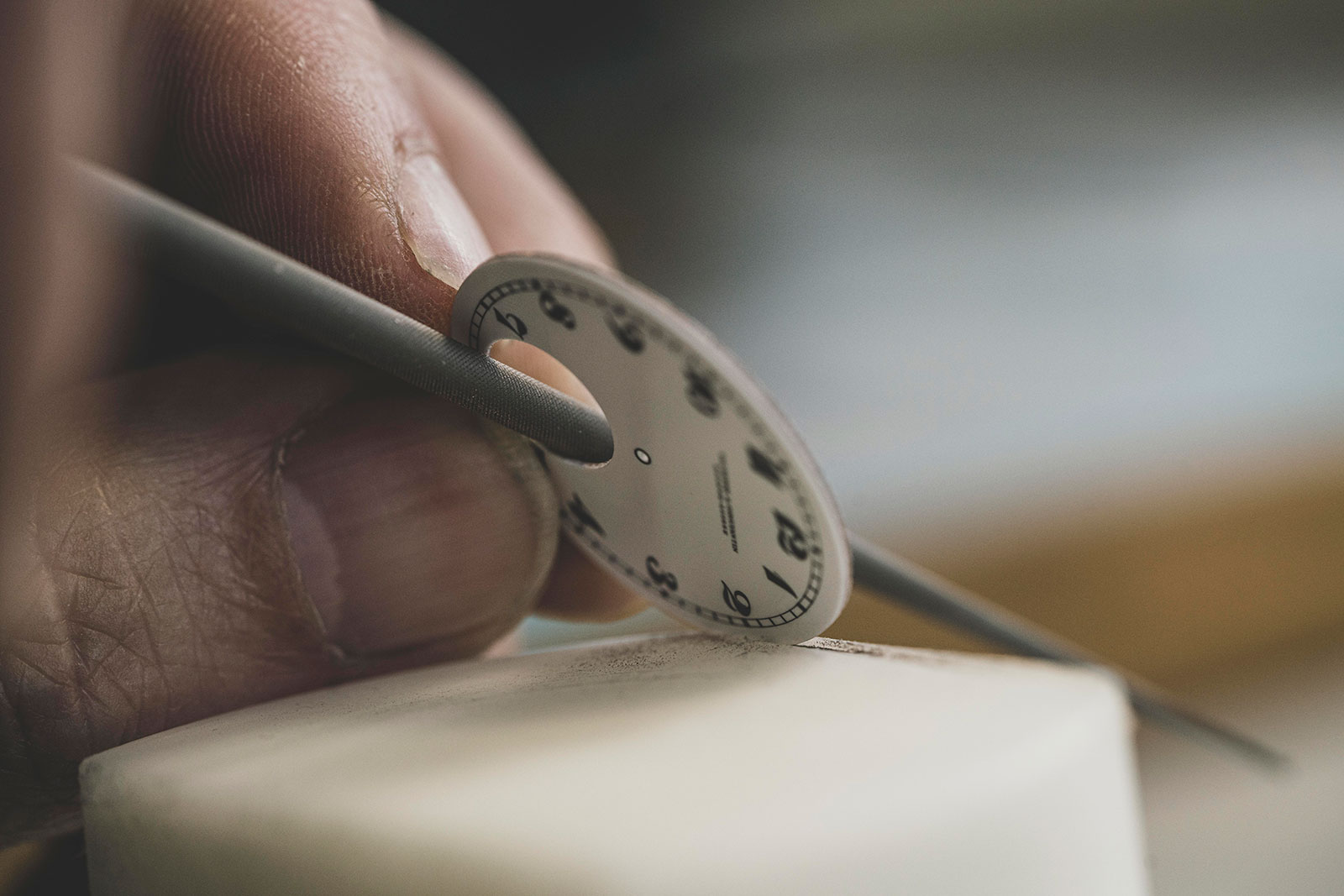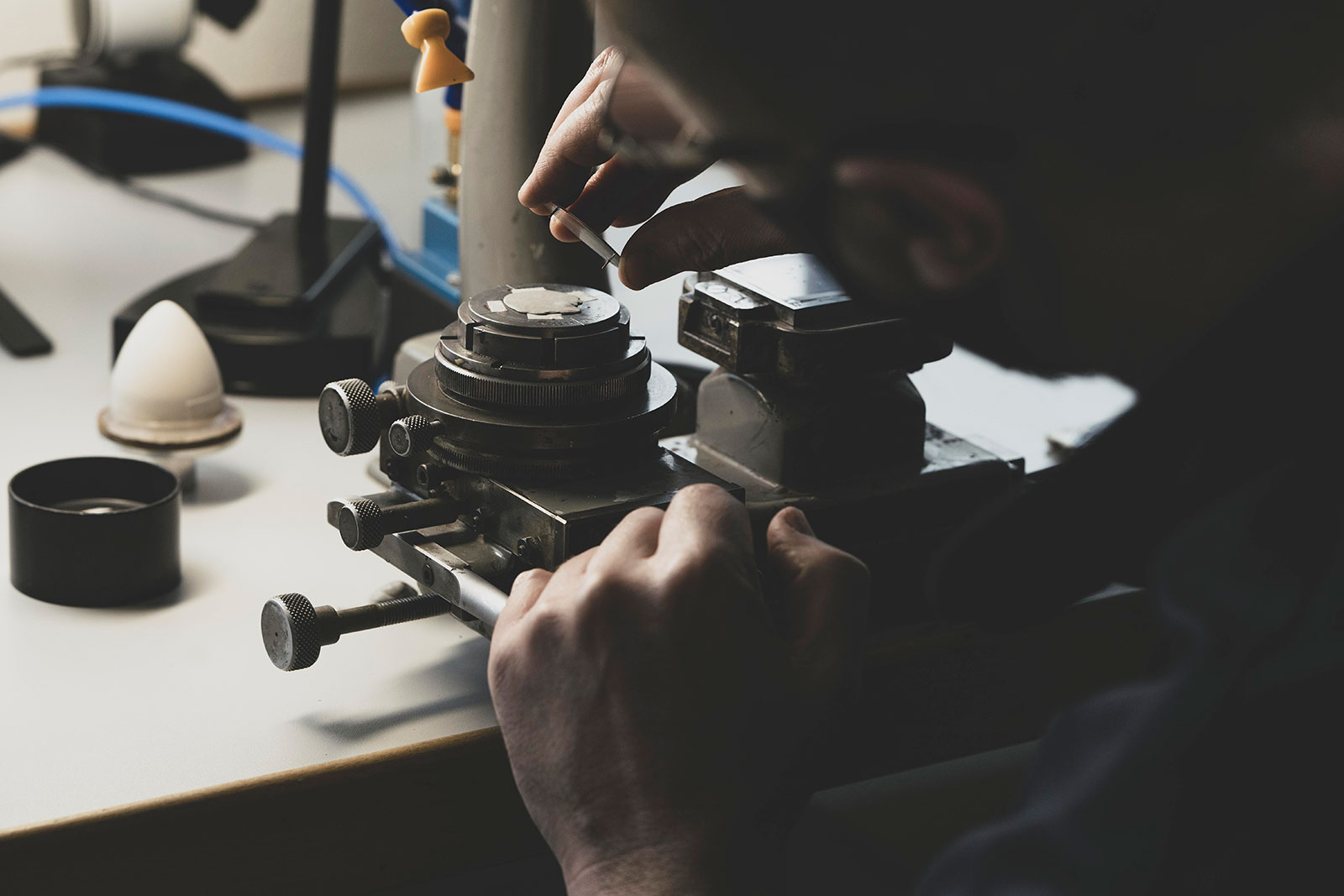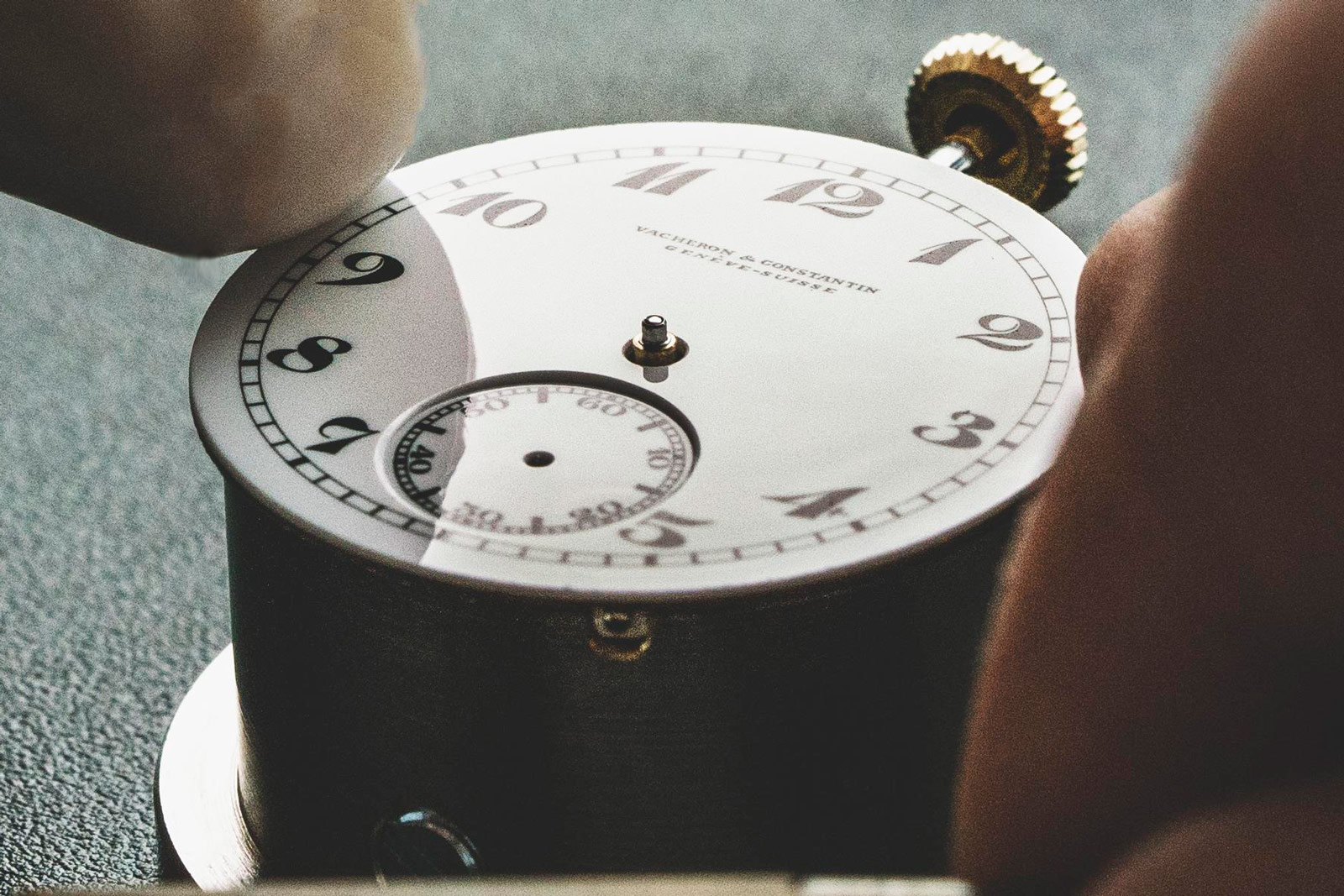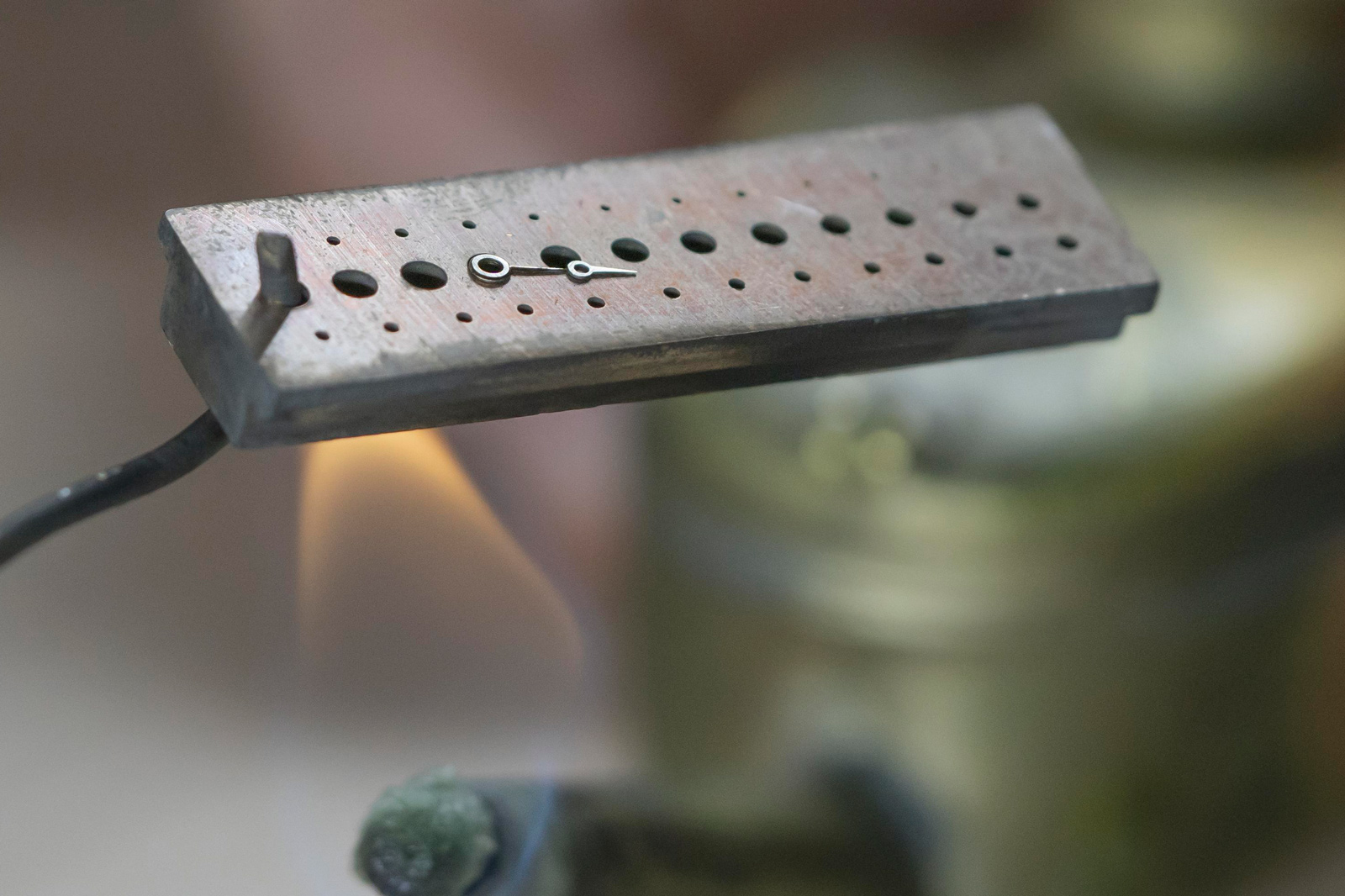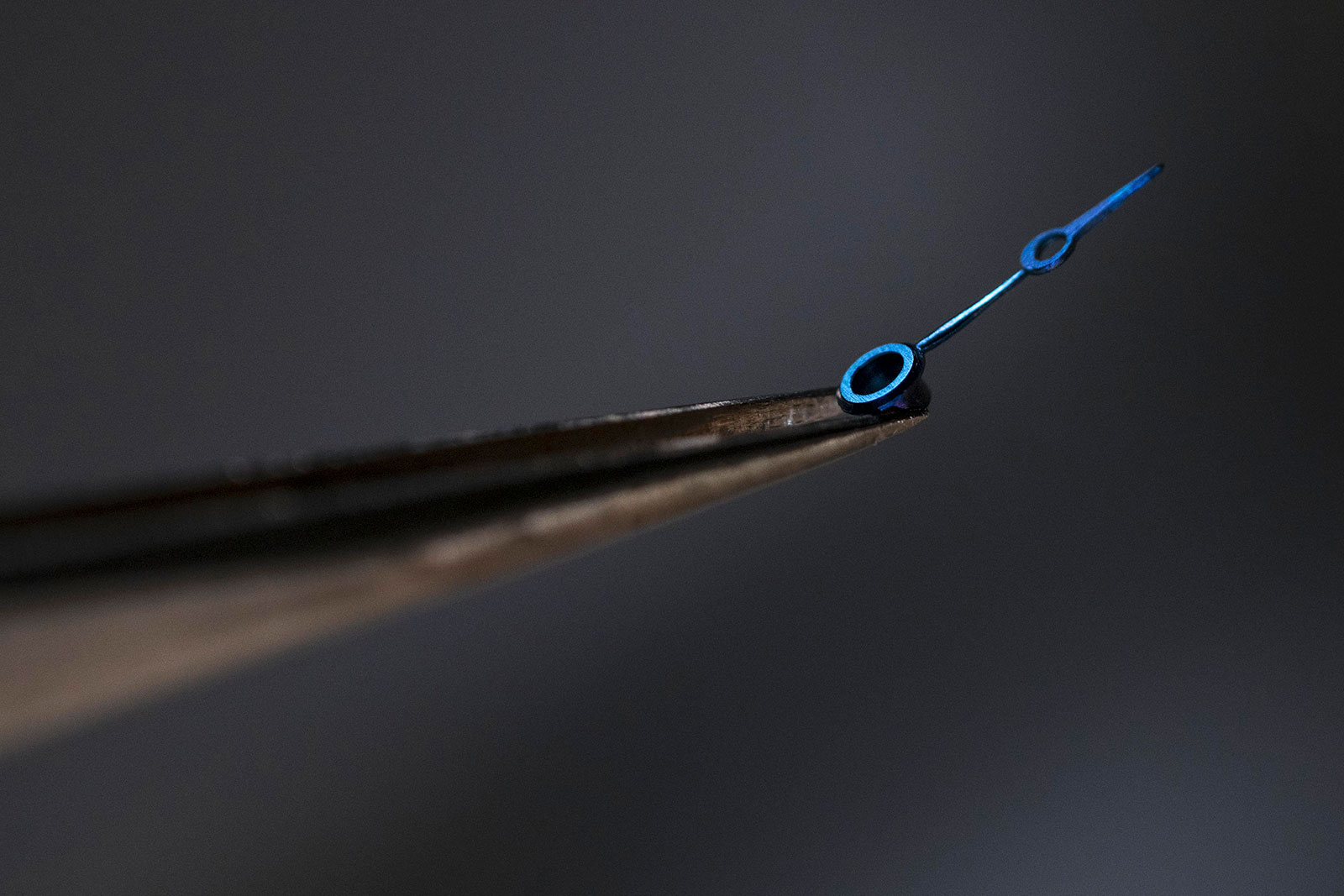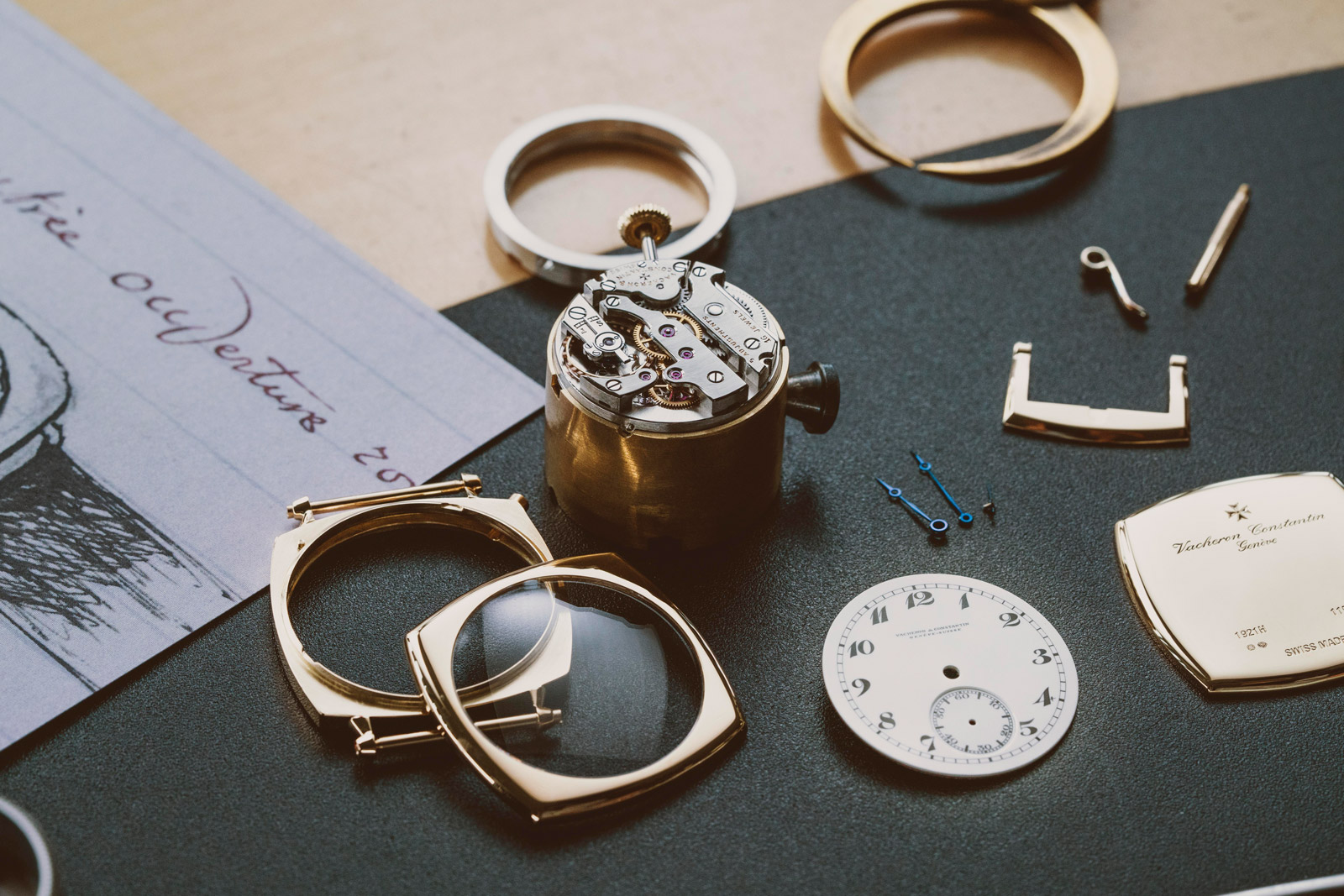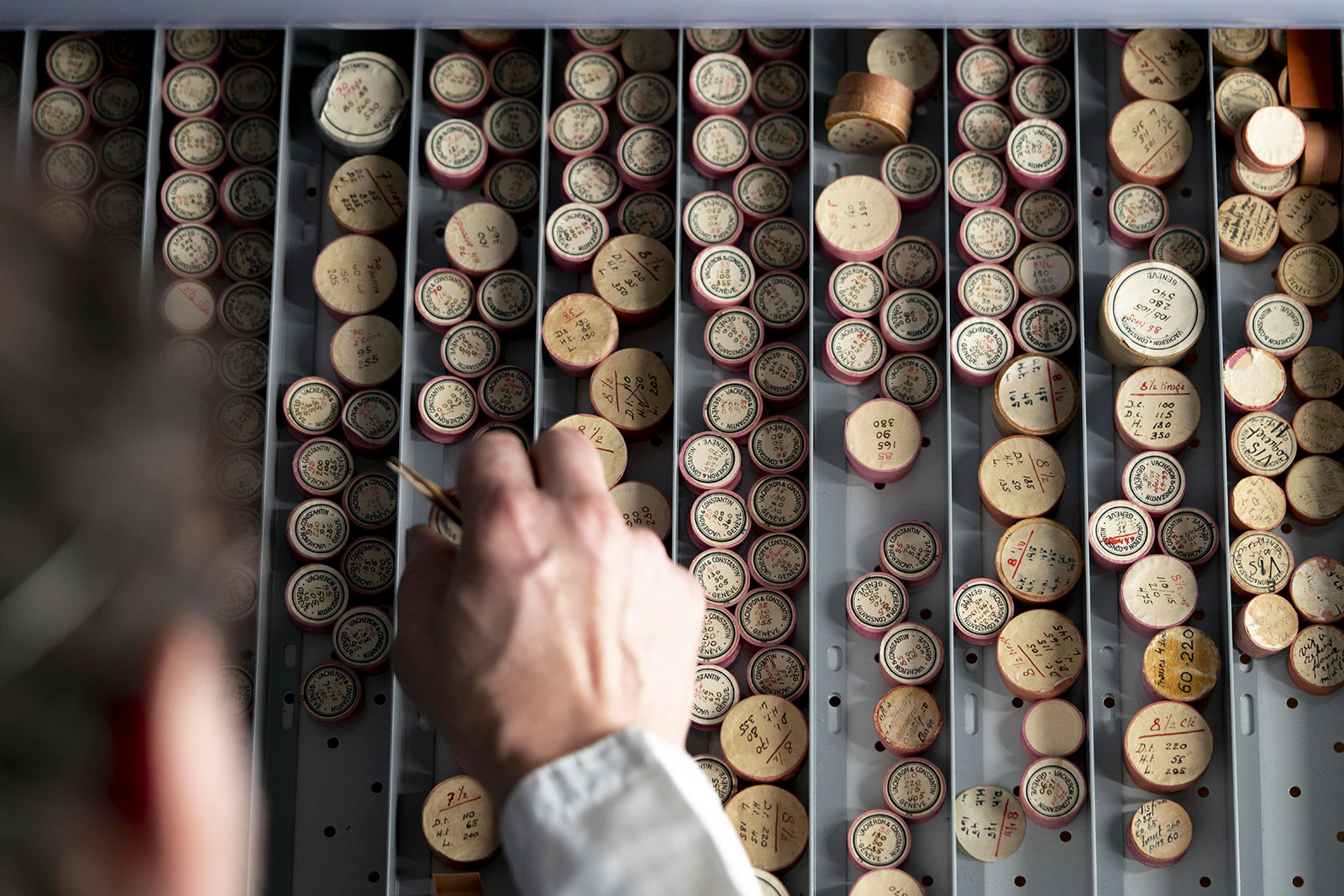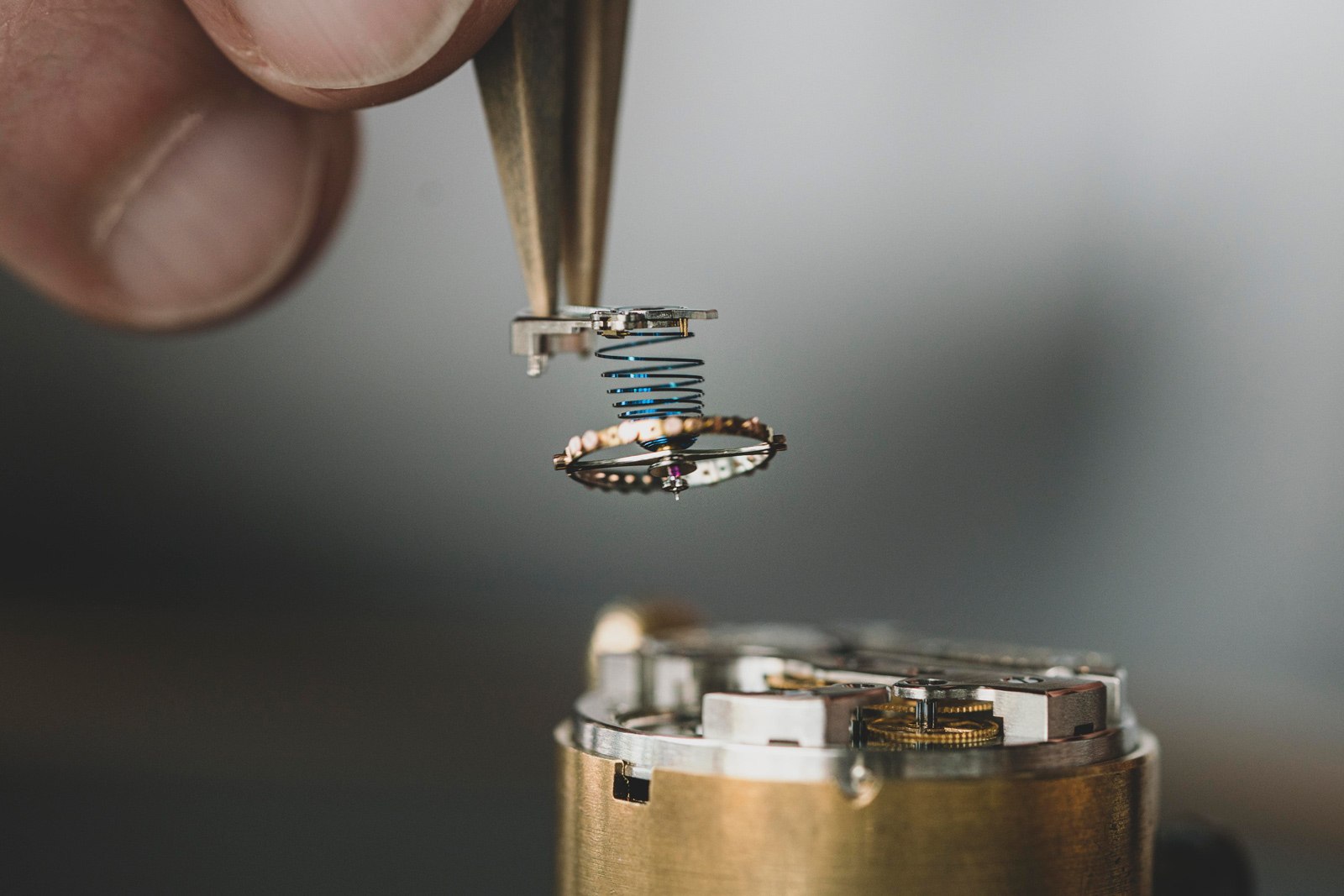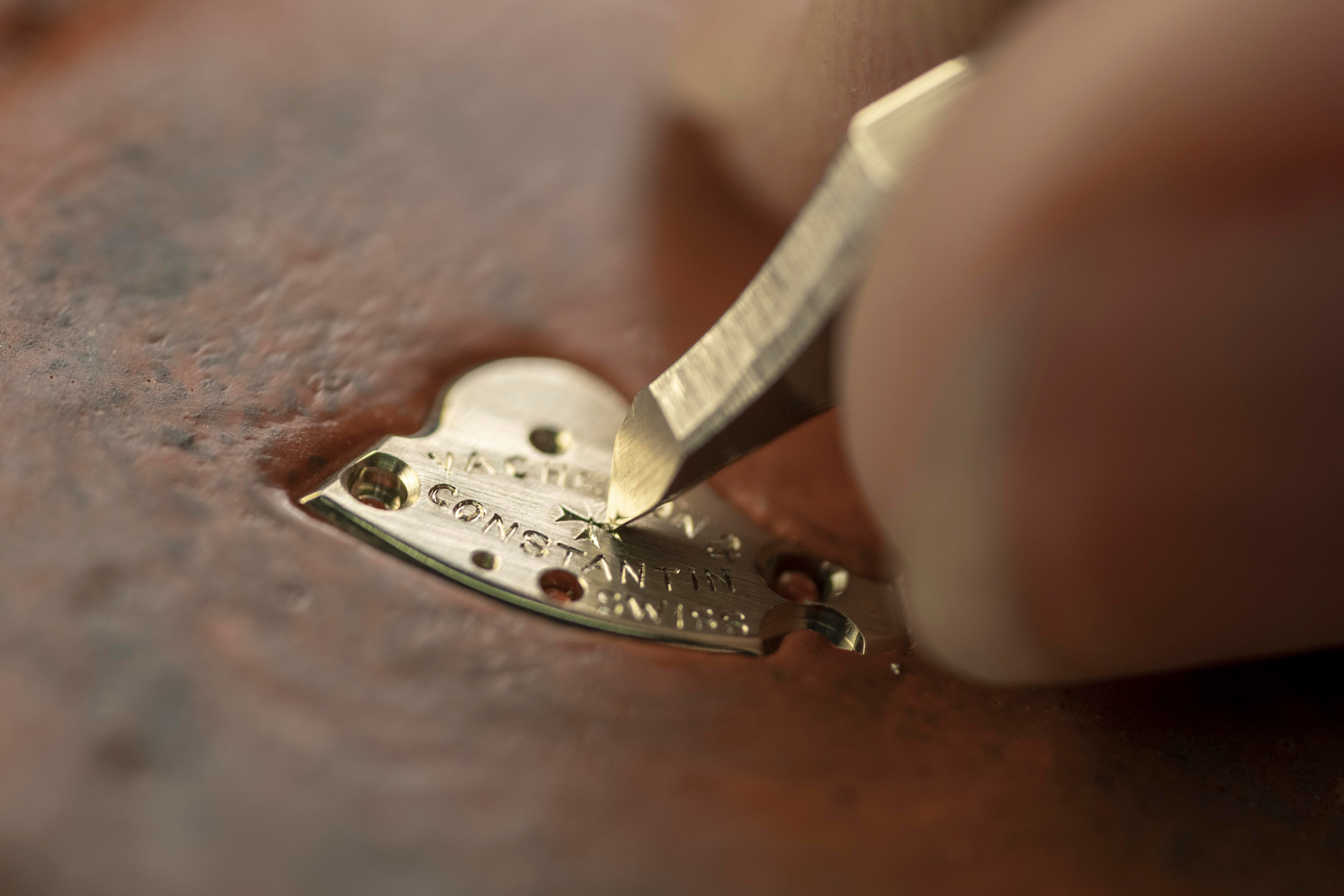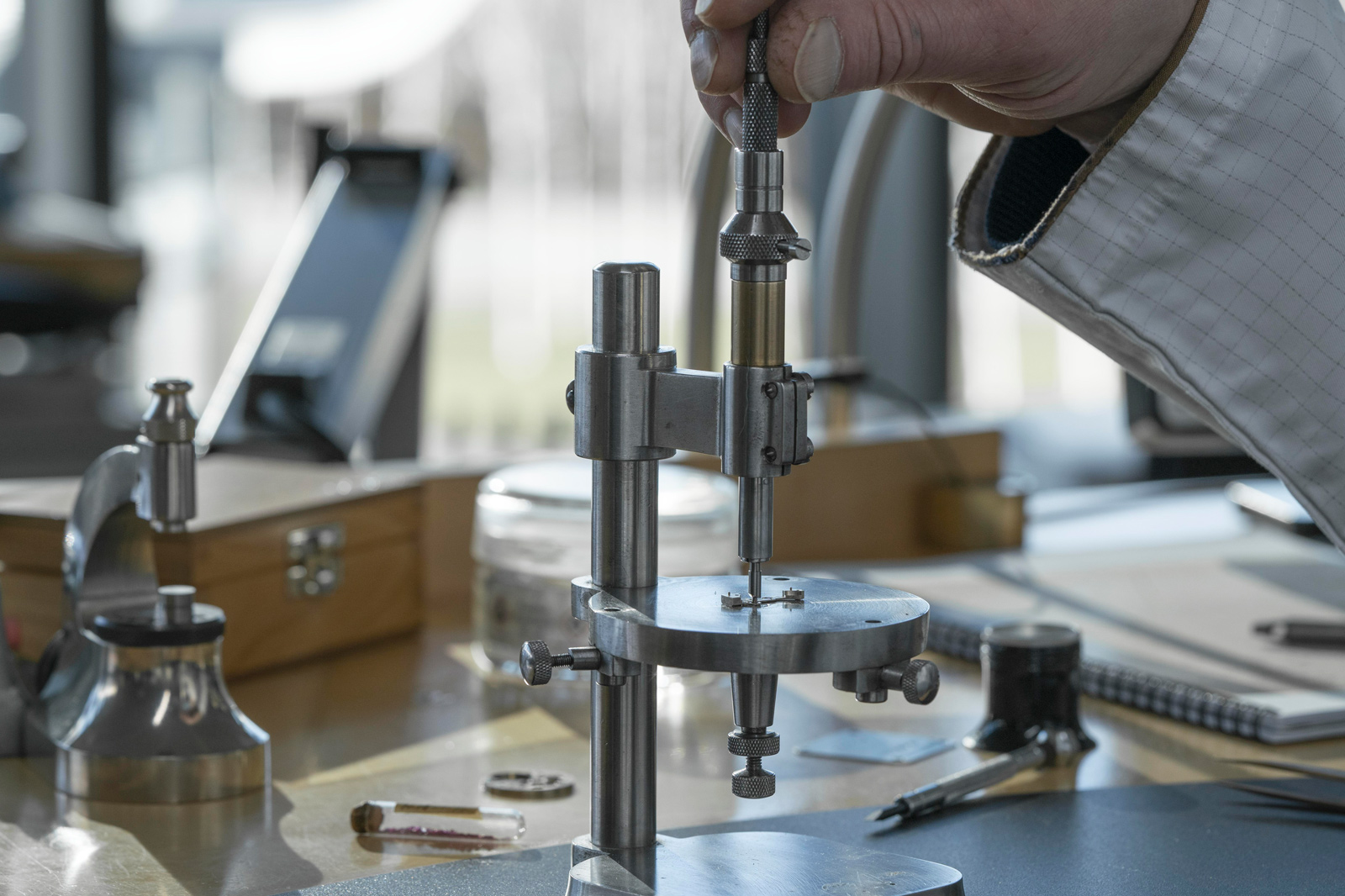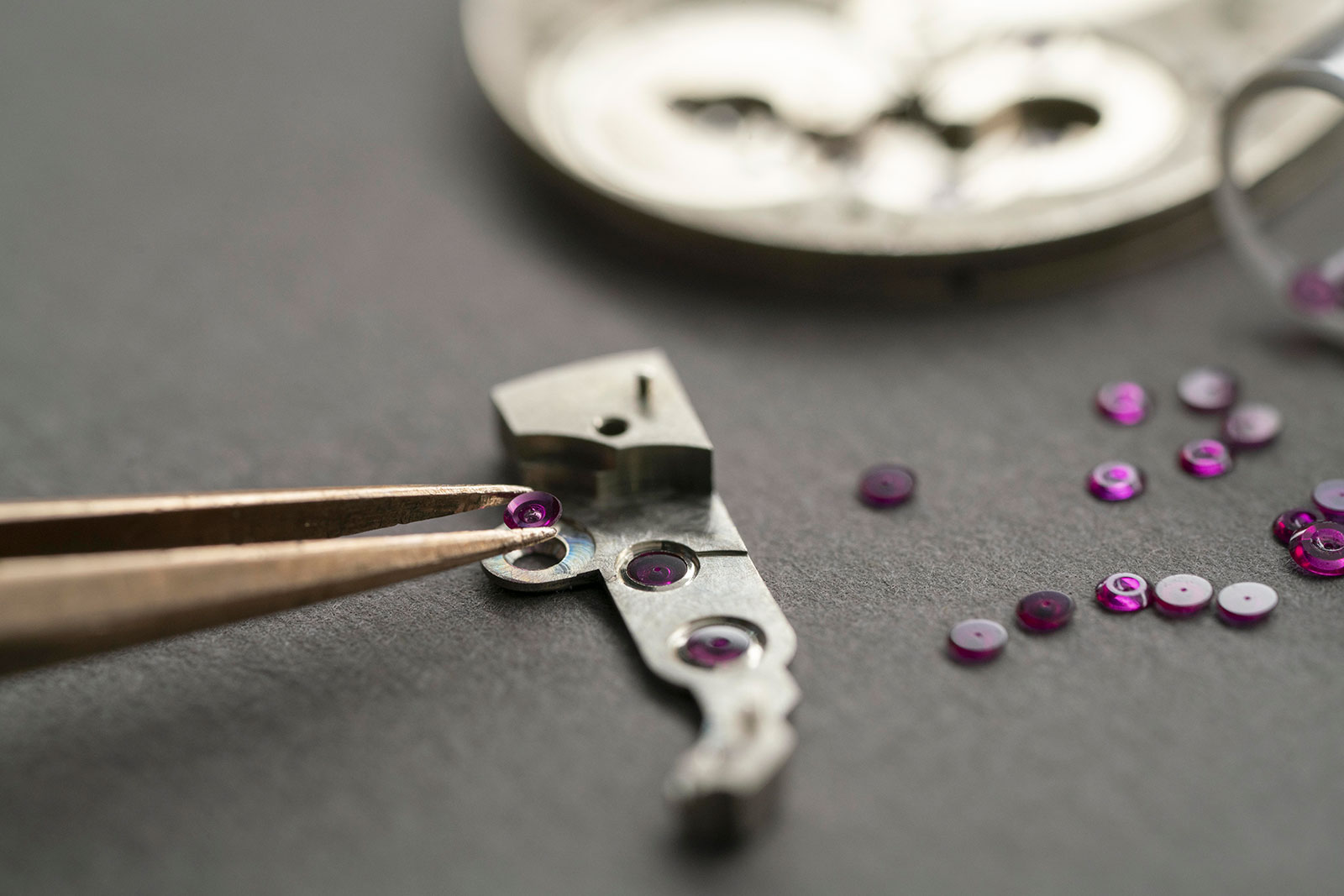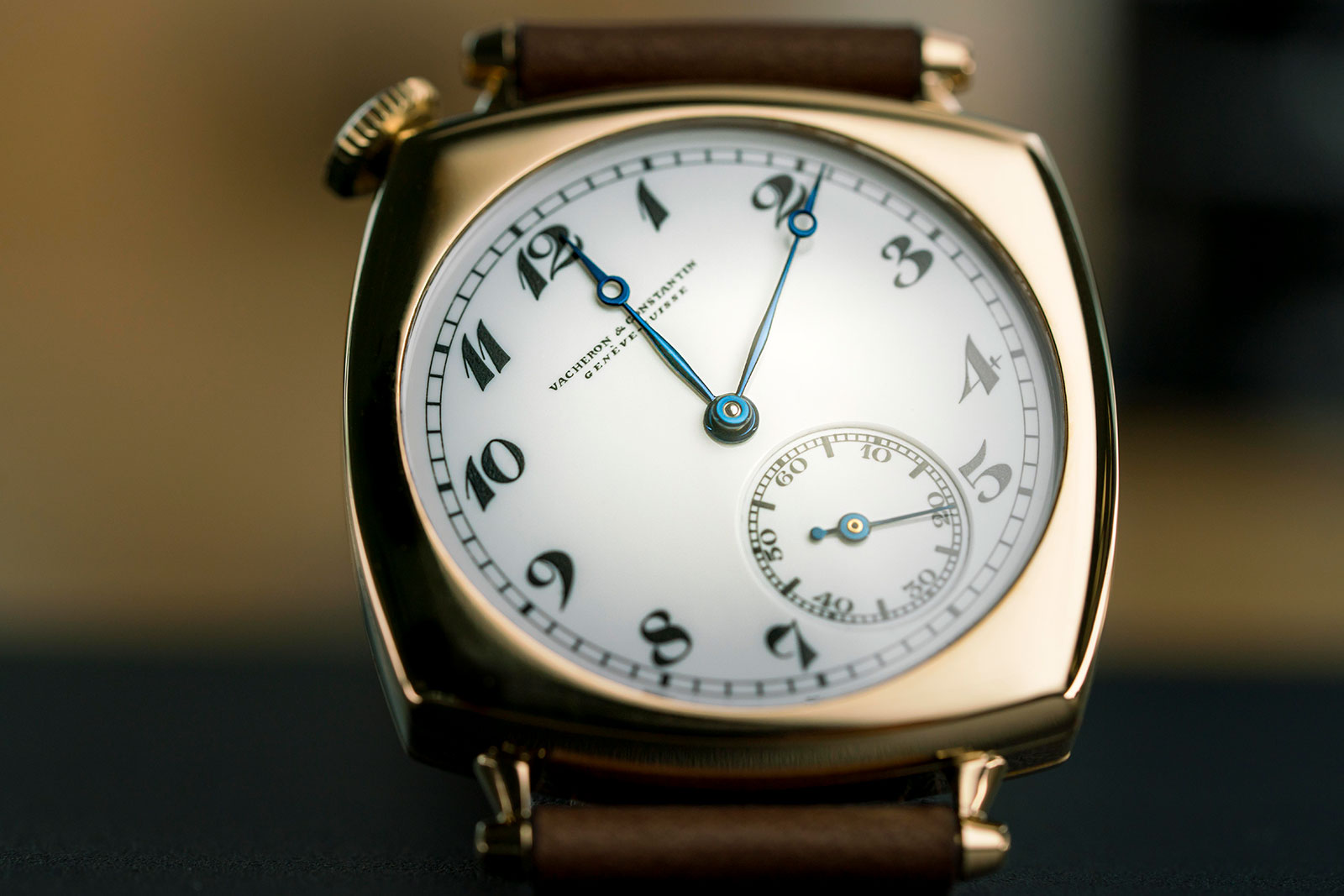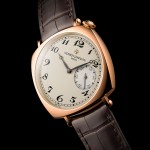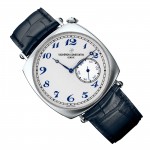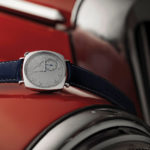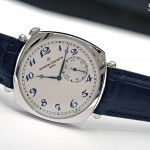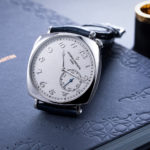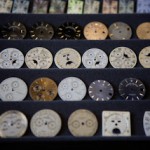Tudor Introduces the Black Bay Ceramic
That's a METAS Master Chronometer.
Tudor hit it out of the park at Watches & Wonders 2021 with the surprising pair of precious-metal Fifty Eights (in 18k gold as well as sterling silver), but it’s clear the brand is not done with the year yet. Tudor has just taken the covers off the Black Bay Ceramic.
The new 41 mm diver is the brand’s first regular-production dive watch with a ceramic case, but more significant is the fact that this is Tudor’s first watch to obtain METAS certification, making it a Master Chronometer.
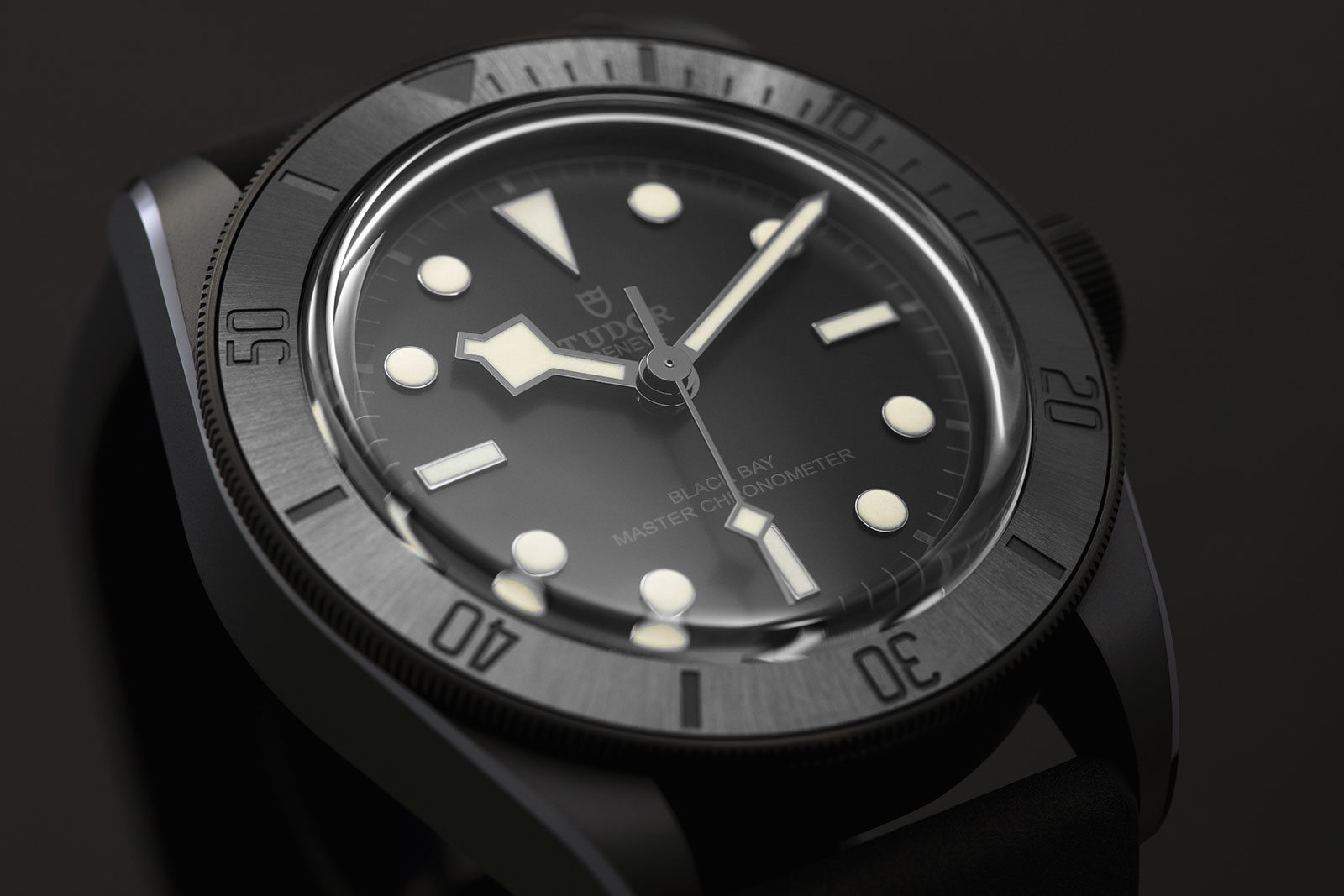
Initial thoughts
The Black Bay Ceramic is a surprise. Tudor hinted at a new launch recently, but given it just announced a partnership with French Navy, or Marine Nationale, I was expecting an “MN” dive watch with blue dial.
That said, it was inevitable a ceramic dive watch was in the pipeline after. For one, the brand already had a ceramic case chronograph in the catalogue with the usually overlooked the Fastrider Black Shield. And more importantly, the unique Black Bay Ceramic One – essentially the forerunner of the Black Bay Ceramic – sold for CHF350,000 at charity auction Only Watch 2019.
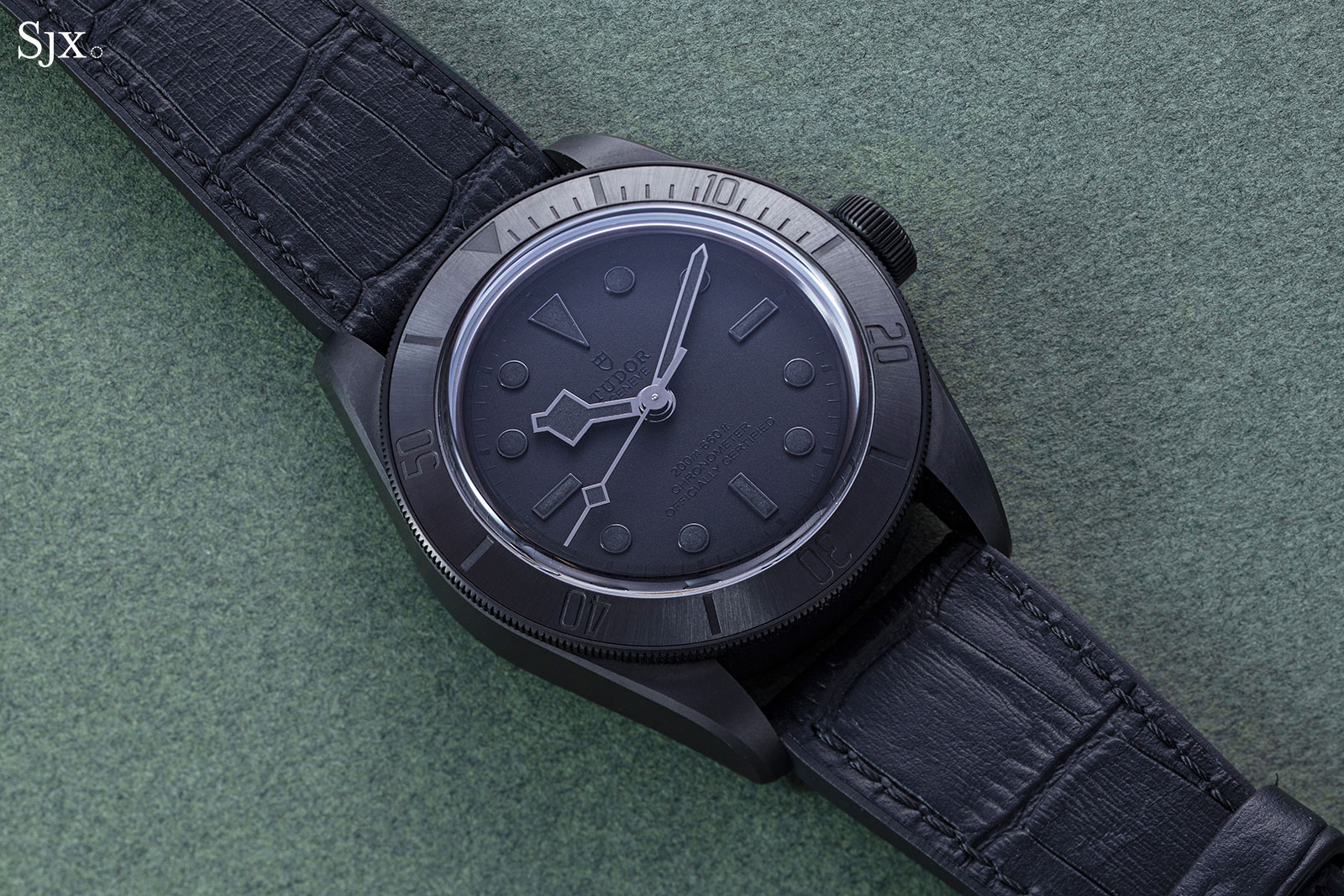
The Black Bay Ceramic One from 2019
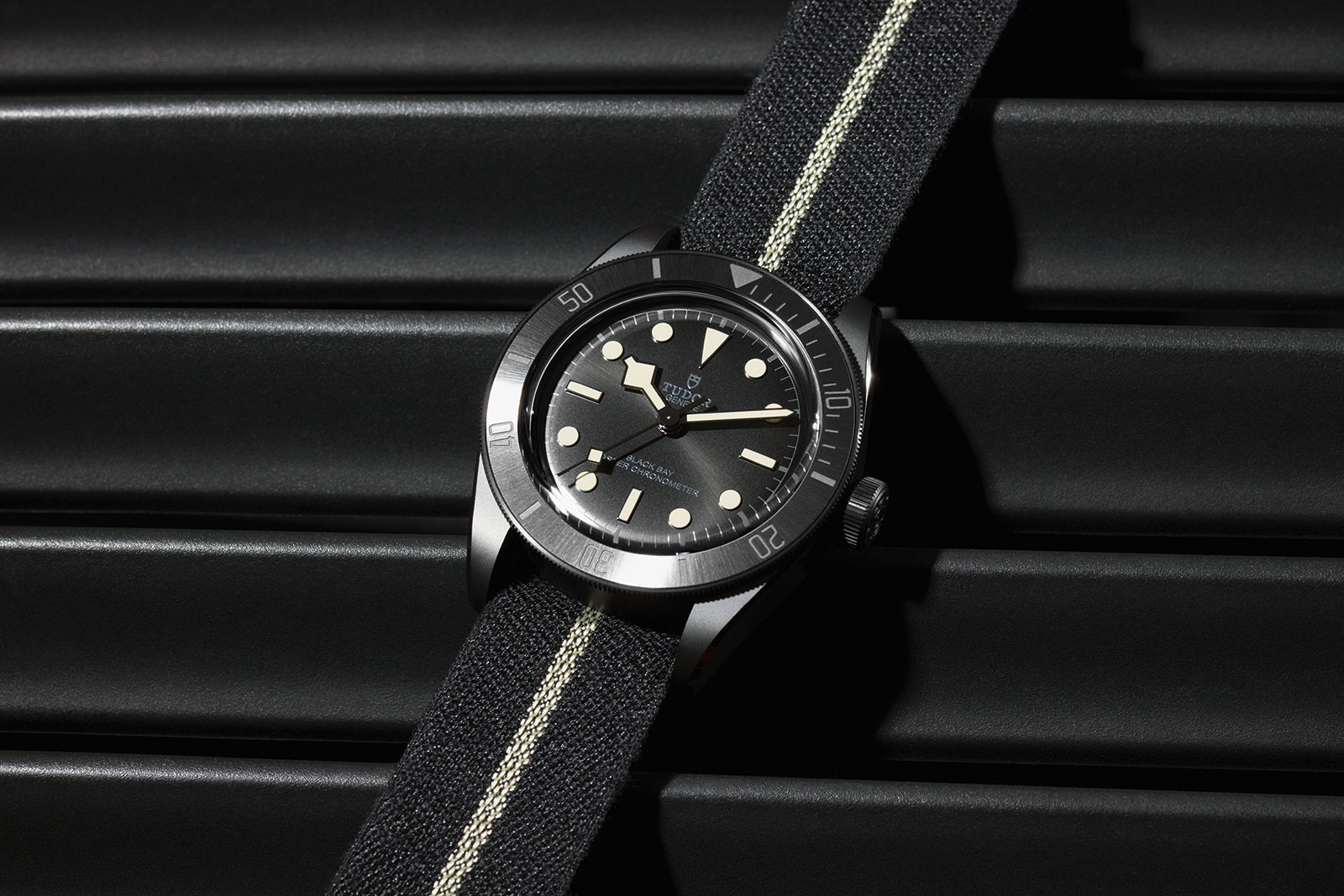
The Black Bay Ceramic
While inevitable, the Black Bay Ceramic is still very much welcome. Its aesthetic is a good one, managing to feel contemporary despite the all-black aesthetic having had its heyday about decade ago.
I would have hoped for a 39 mm Fifty-Eight case, instead of the 41 mm that it is, but its dark colours will make the case appear smaller on wrist, meaning it will wear friendlier than its 41 mm counterparts in steel.
Still, the Black Bay Ceramic is slightly thinner than its steel equivalent, standing 14.4 mm high, compared to the 14.75 mm of the steel model.
Crucially, the watch is good value at US$4,725, especially when set against to comparable dive watches from Omega that start at US$8,100.
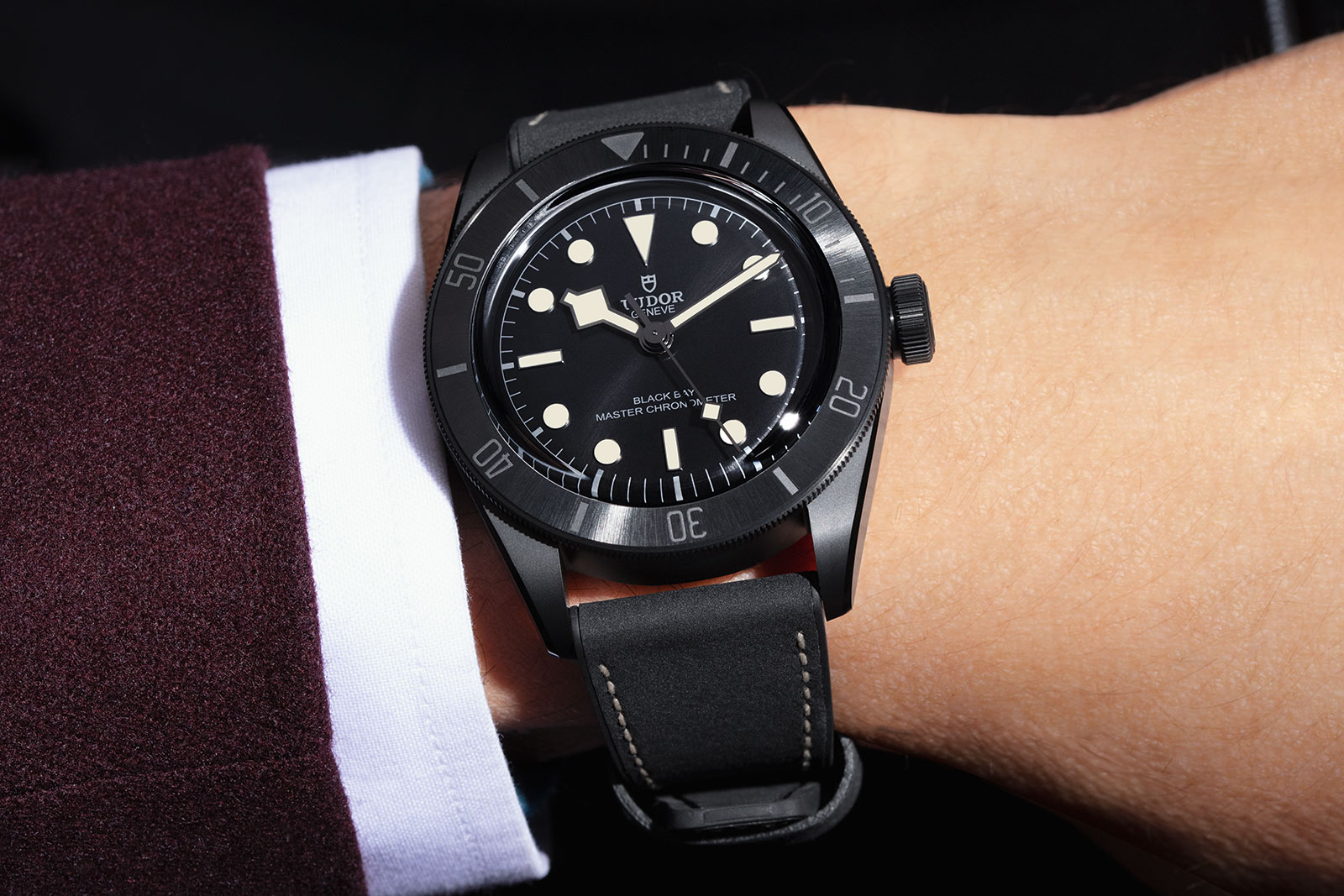
Going against convention, the depth rating is absent from the dial, and instead replaced by the METAS label
The all-Black Bay
While the case middle is ceramic, as is the bezel insert, the case parts that are more prone to wear or impact, such as case back, bezel, crown, and buckle, are black-coated steel.
Being a hard, scratch-resistant material, ceramic is nevertheless brittle in that it can fracture under stress. That makes it incompatible with torsional or shearing forces, which is why components like the screw-down back and screw-in crown are steel (which is also the norm for most watches). For those wondering, the screw-down back screws into a steel inner ring secured within the ceramic case middle.
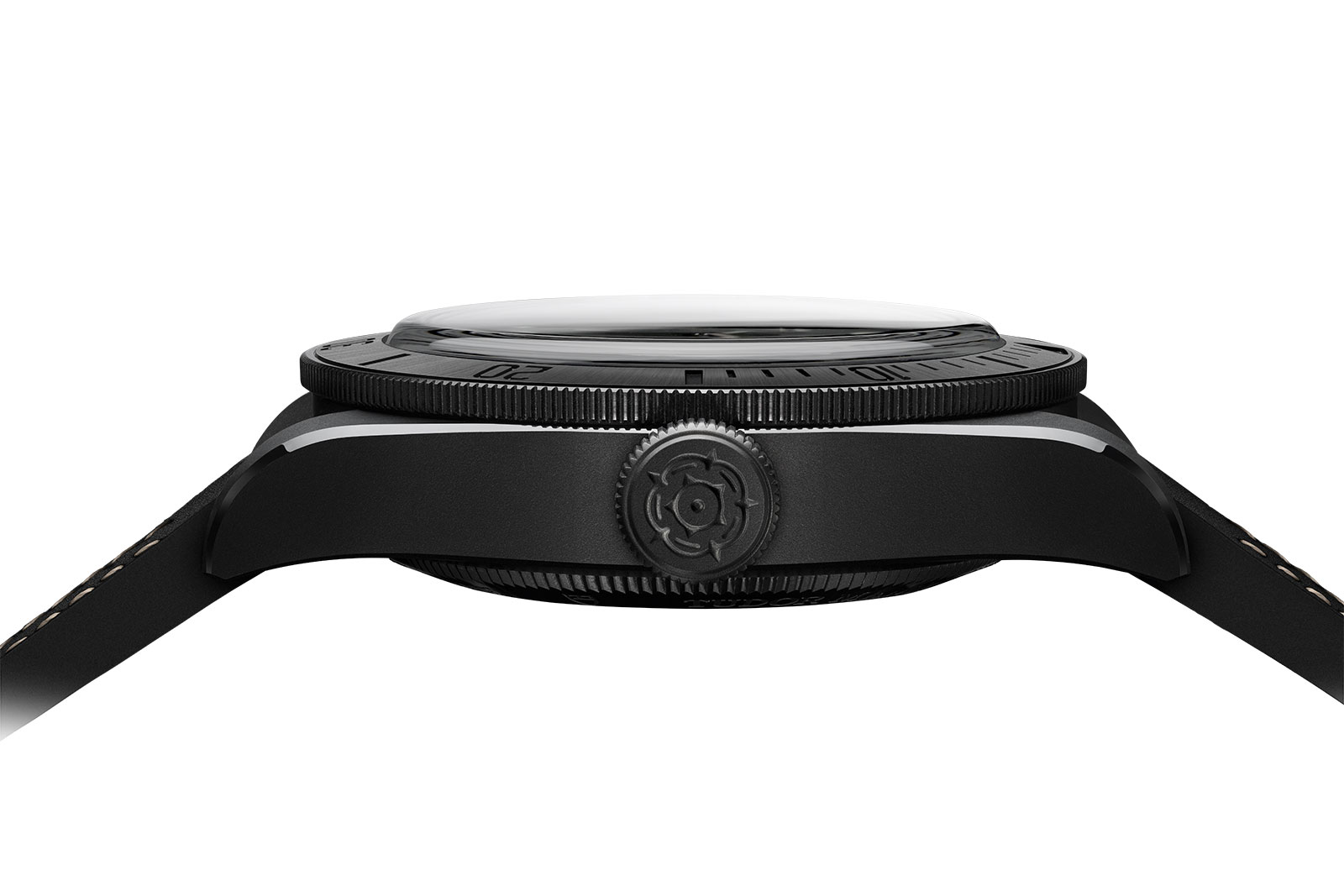
Reflecting the Black Bay Ceramic’s status as a highlight in the catalogue, the watch is supplied with two straps, a leather-topped rubber strap as well as a fabric, NATO-style strap, each with its own black-coated steel buckle – folding for the rubber and pin for the NATO. The twin-strap package was once the standard for Tudor but is now reserved for high-end models Black Bay Fifty Eight 18k and Pelagos.
A new look inside
Like the Black Bay Fifty Eight 18k, the new ceramic model has an open case back, revealing the MT5602-1U within. Instead of a movement with the customary frosted, rhodium-plated finish typical for Tudor, the MT5602-1U within has been dressed up to match the case and dial – a welcome upgrade.
Movement decoration has never been a thing at Tudor, which makes the MT5602-1U unusual. It’s not only been treated to match the case, but equipped with bridges that have a relief grid pattern finished in alternating grained and frosted surfaces.
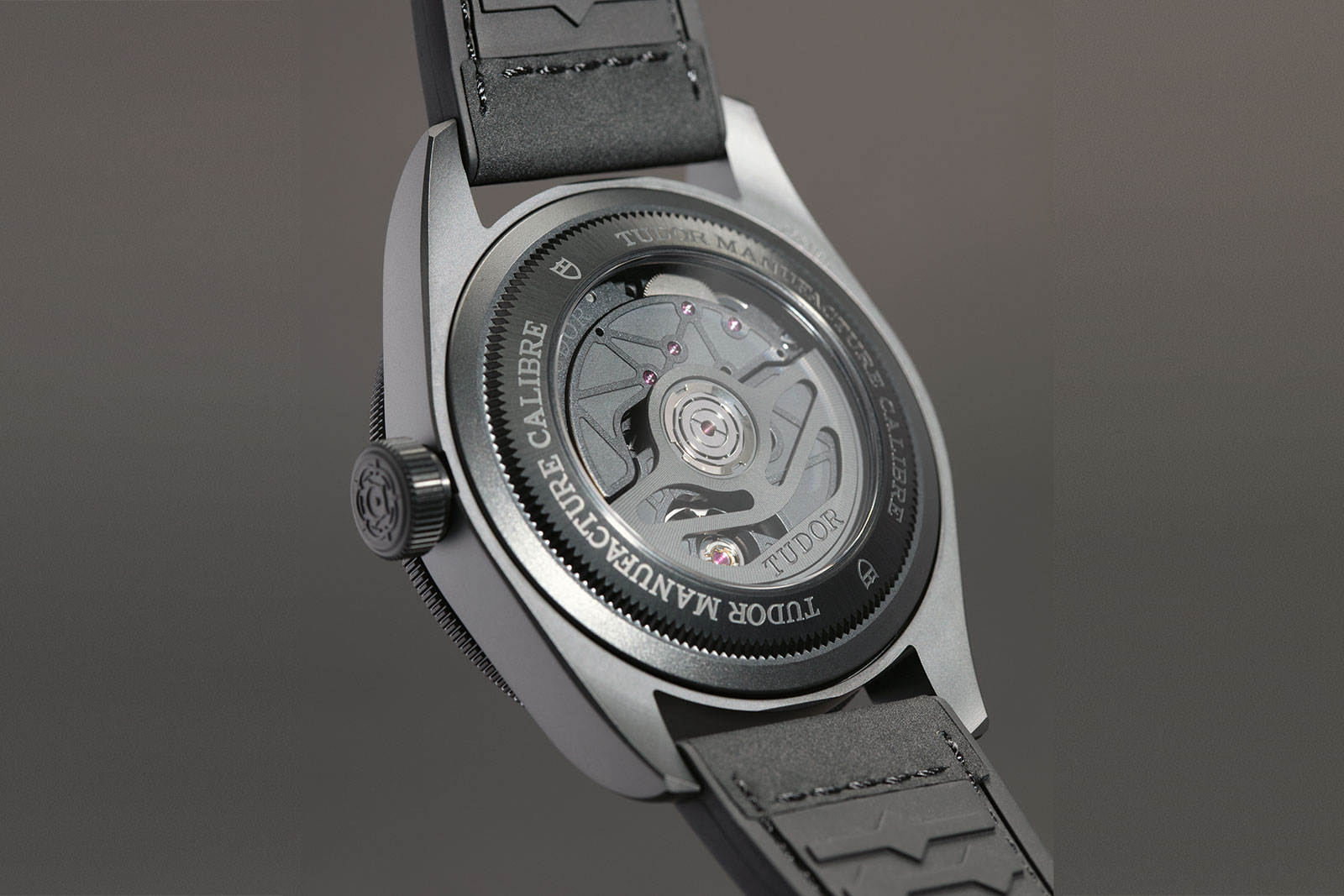
The MT5602-1U is a variant of the MT5602 found in the standard, 41 mm Black Bay, as well as the Black Bay Bronze. Like all of the brand’s proprietary calibres – which are mostly produced by Kenissi – the MT5602-1U is tested both in-house and at the Official Swiss Chronometer Testing Institute, better known by its French acronym COSC.
As a result, Tudor’s manufacture movements are rated to within -2/+4 seconds a day. But now Tudor is going one better. In a first for Tudor, the MT5602-1U is certified by the Swiss Federal Institute of Metrology (METAS). This makes Tudor the second major brand, after the giant of Bienne named after a Greek alphabet, to subject its watches to METAS certification.

METAS magnetism-resistance testing
Unlike COSC testing that only examines uncased movements, the METAS test covers the entire watch. Amongst other criteria, the METAS standard dictates a maximum daily range of deviation of five seconds in six positions, two temperatures, and two levels of power reserve (fully wound and one-third remaining).
That’s a higher standard than the 10-second range (-4/+6 seconds) of COSC, or the six-second band (-2/+4 seconds) for Tudor’s internal testing. Importantly, METAS also requires resistance to magnetic fields of 15,000 Gauss, which is many times the magnitude of magnetism encountered in everyday objects like speakers and mobile phones.
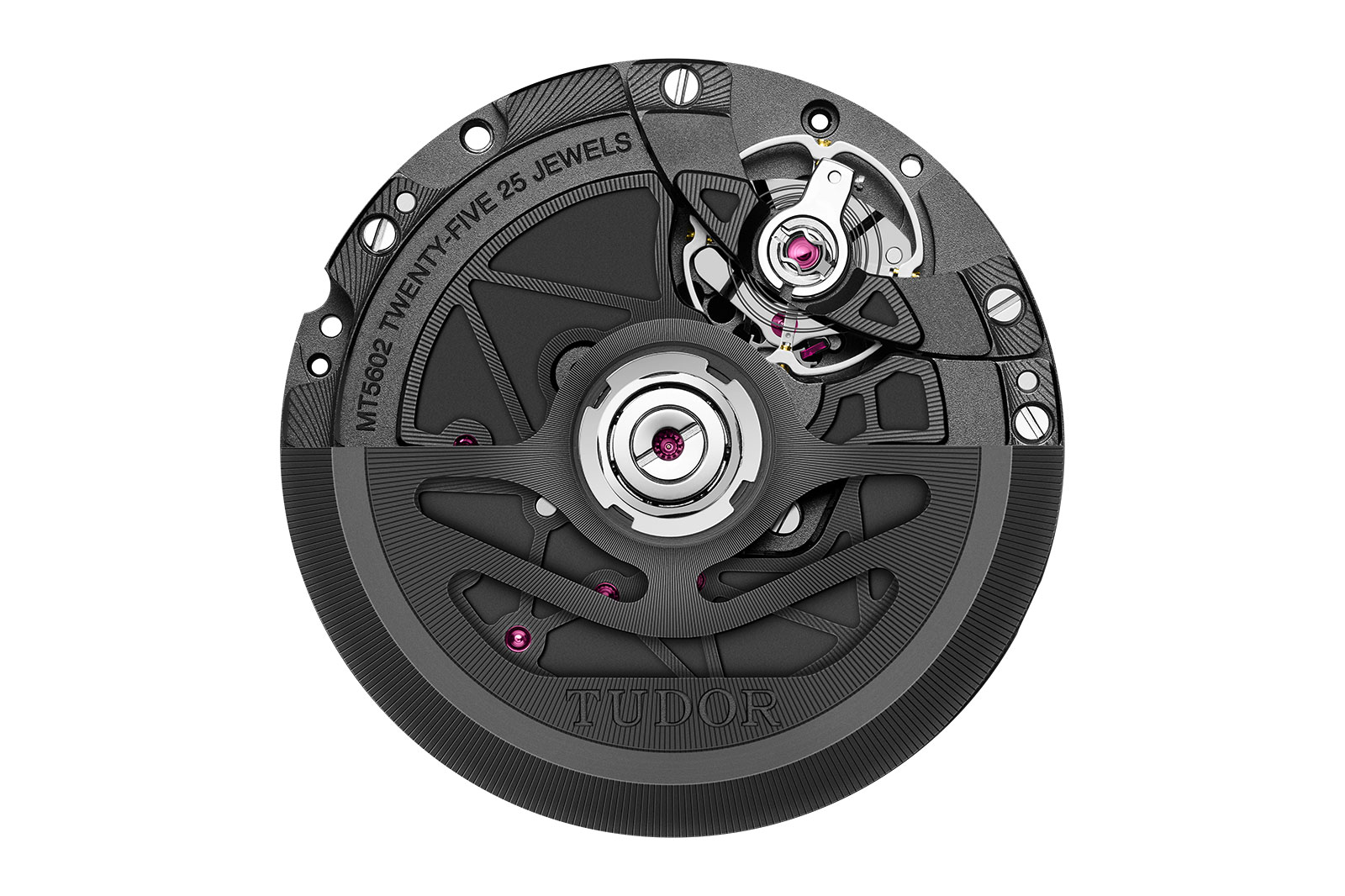
Key facts and price
Tudor Black Bay Ceramic
Ref. M79210CNU
Diameter: 41 mm
Height: 14.4 mm
Material: Black ceramic
Crystal: Sapphire
Water resistance: 200 m
Movement: Cal. MT5602-1U
Functions: Hours, minutes, and seconds
Additional features: METAS and COSC certification
Winding: Automatic
Frequency: 28,800 vibrations per hour (4 Hz)
Power reserve: 70 hours
Strap: Rubber strap with leather inlay, and additional fabric strap
Availability: Now at Tudor boutiques and retailers
Price: US$4,725; or 6,510 Singapore dollars
For more, visit Tudorwatch.com.
Back to top.

